Hello dearest Reader and welcome back to the blog!
Today I’m sharing with you my list of favourites for the months January and February {including books, shops etc.].

"Creativity takes courage"

Hello dearest Reader and welcome back to the blog!
Today I’m sharing with you my list of favourites for the months January and February {including books, shops etc.].
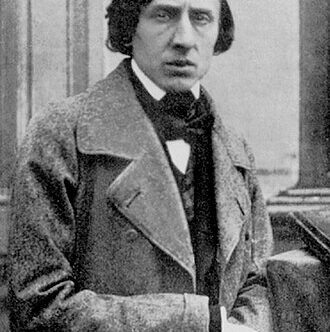
Hello my dearest Reader and welcome back to the blog!
Today we’ll explore the life and music career of Polish composer Frédéric Chopin.

Hello dearest Reader and welcome back to the blog!
Today we’ll explore the life and acting career of French actress and film director Musidora.

Hello dearest Reader and welcome back to the blog!
Today we’ll explore the life and career of American inventor and businessman Thomas Alva Edison.

Hello dearest Reader and welcome back to the blog!
Today we’ll explore the life and career of civil rights activist, teacher and writer Florida Ruffin Ridley.

Happy New Year dearest Reader and welcome to the blog!
Today I am sharing with you my list of favourites for December (including movies, shops, etc.).

Hello dear Reader and welcome to the twelfth part of the Cinephile series!
Today I’m reviewing the 1996 epic romantic war drama The English Patient.

Hello dearest Reader and welcome back to the blog!
Today we’ll explore the life and reign of Empress Elisabeth of Austria, also known as Sisi.

Hello dearest Reader and welcome back to the blog!
Today we”ll explore the life and artistic career of British sculptor and poet Thomas Woolner

Hello dearest Reader and welcome back to the blog!
After a small hiatus, I’m offically back to present to you my list of favourites for November (including books and a very interesting radio show).

Hello dearest Reader and welcome back to the blog!
Today we’ll glimpse into the life and writing career of

Hello dearest Reader and welcome back to the blog!
Today we’ll explore the fascinating life of Titanic’s Fifth Officer Harold Lowe.

Hello dearest Reader and welcome back to the blog!
Today I’m sharing with you my experience travelling to Malta as well as tips for any aspiring visitors.

Hello dearest Reader and welcome back to the blog!
Today I’m sharing with you my list of favourites for October (including movies, shops etc.)

Hello dearest Reader and welcome back to the blog!
Today we will explore the life and academic career of Laura Bassi,, the first woman to have a doctorate in science and the first salaried female teacher in a university

Hello dearest Reader and welcome back to the blog!
Today I’ll share with you my autumn recommendations for a cozy movie marathon at home.

Hello dearest Reader and welcome back to the blog!
I know I’m quite late in sharing my list of favourites for August but better late than never right?
So without further ado, here’s my list of August favourites (including books and a very special radio station)

Hello dearest Reader and welcome back to the blog!
Today we’ll get a glimpse into the life and singing career of Austrian soprano Hilde Güden.

Hello dearest Reader and welcome back to the blog!
Todat we’ll explore the life and literary career of Australian writer Eleanor Dark.

Hello dearest Reader and welcome to the blog!
Today we’ll explore the life and academic career of English mathematician Arthur Cayley.
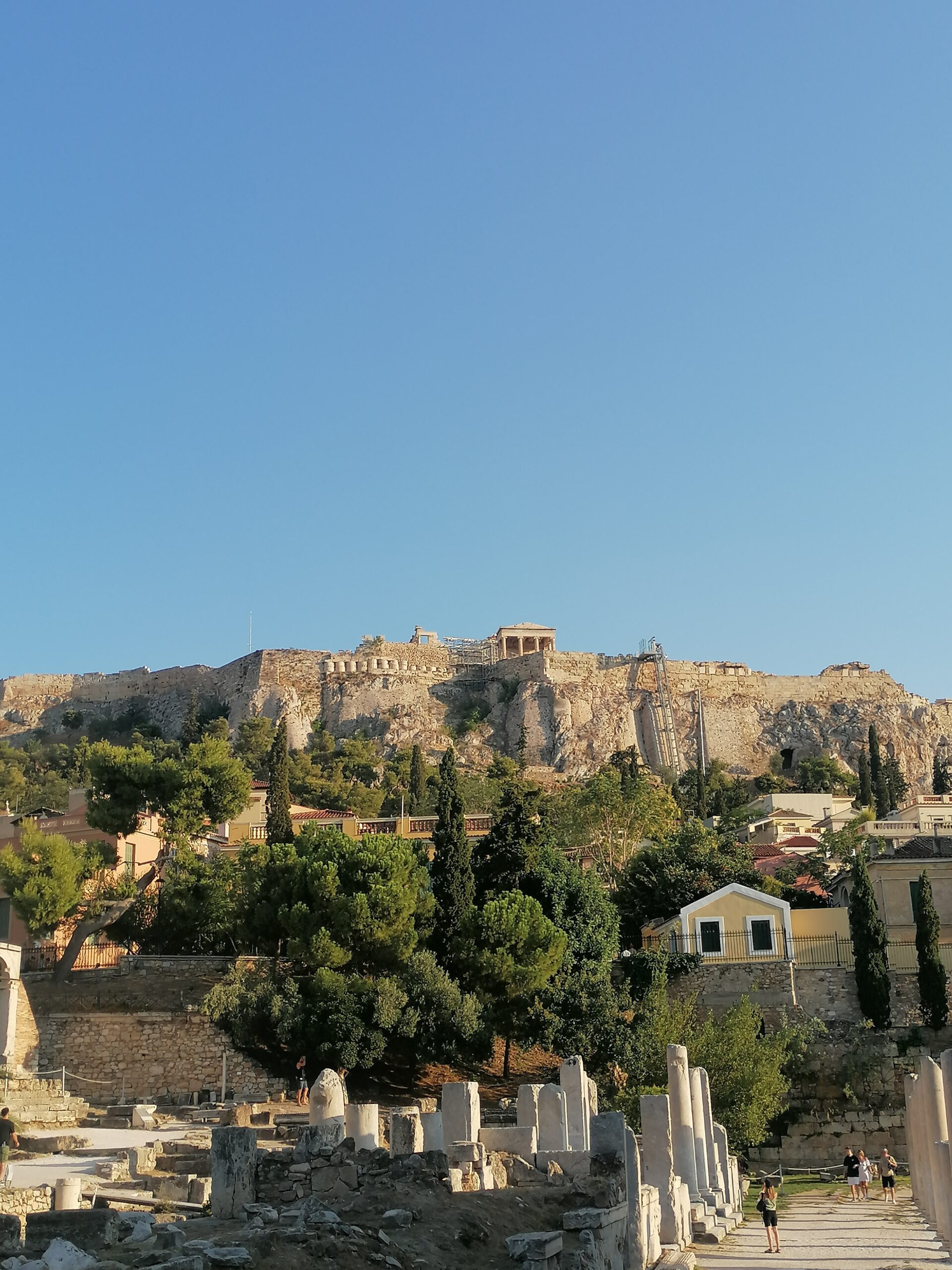
Hello dearest Reader and welcome back to the blog!
Today I’m sharing with you my list of favourites for July (including books, radio stations etc.)

Hello dearest Reader and welcome back to the blog!
In today’s post I’m recommending you 7 foreign films to watch this summer.

Hello dearest Reader and welcome back to the blog!
Today I am sharing with you my list of favourites for June (including radio stations, shops etc.)

Hello dearest Reader and welcome to another entry of A Day in History!
Today we”ll take a glimpse into the life and reign of James Vi & I, who succeeded Eizabeth I and united the Scottish and English crowns.

Hello dearest Reader and welcome back to the blog!
Today we’ll glimpse into the life and fascinating music career of Nancy Sinatra, daughter of the famed singer Frank Sinatra.

Hello dearest Reader and welcome to the twelfth installment of the Bibliophile series!
Today I’m reviewing A Knight in Shining Armor by Jude Deveraux.

Hello dearest Reader and welcome back to the blog!
Today I am sharing with you my list of favourites for May (including books and a childhood tv show I re-discvovered and absolutely loved).

Hello dearest Reader and welcome back to the blog!
Today we’ll explore the life and literary career of Margarete Böhme, one of the most widely read German writers of the early 20th century.

Hello dearest Reader and welcome back to the blog!
Today I’m sharing with you my list of favourites for April (including books, songs etc.)
Hello dearest Reader and welcome back tp the blog!
Today we’ll glimpse into the famous Battle of Culloden, between the Jacobite army and the British government force led by the Duke of Cumberland.
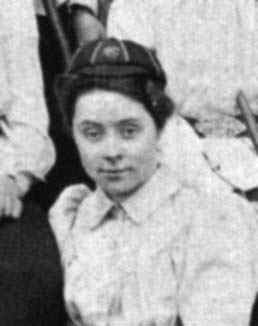
Hello dearest Reader and welcome back to the blog!
Today we’ll explore the life and career of mathematician and educationalist Philippa Garrett Fawcett.

Hello dearest Reader and welcome back to the blog!
Today I am sharing with you my list of favourites for March (including stage plays, documentaries etc.).

Hello dearest Reader and welcome back to the blog!
Today we’ll glimpse into the life and artisan career of embroidery designer and jeweller May Morris.
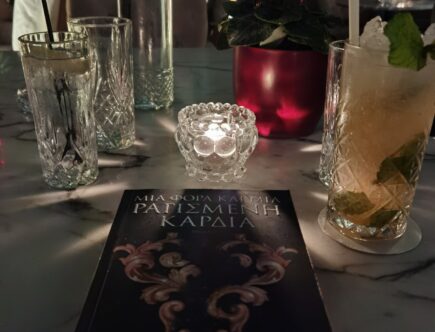
Hello dearest Reader and welcome to the eleventh installment of the Bibliophile series!
Today I’m reviewing Once Upon a Broken Heart, the first book in a new fantasy trilogy by Stephanie Garber.
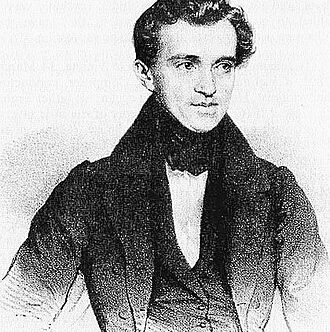
Hello dearest Reader and welcome back to the blog!
Today we’ll explore the life and music career of Austrian composer Johann Strauss I.
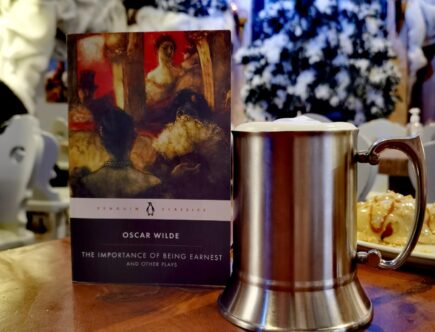
Hello dearest Reader and welcome back to the blog!
Today I’m sharing with you my list of favourites for February (including books, stage plays etc.).
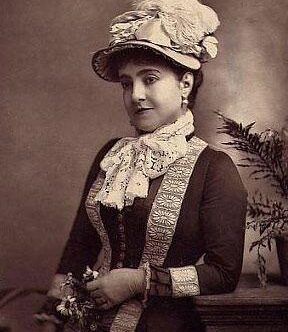
Hello my dearest Reader and welcome back to the blog!
Today we’ll explore the life and singing career of 19th century Italian opera singer Adelina Patti.
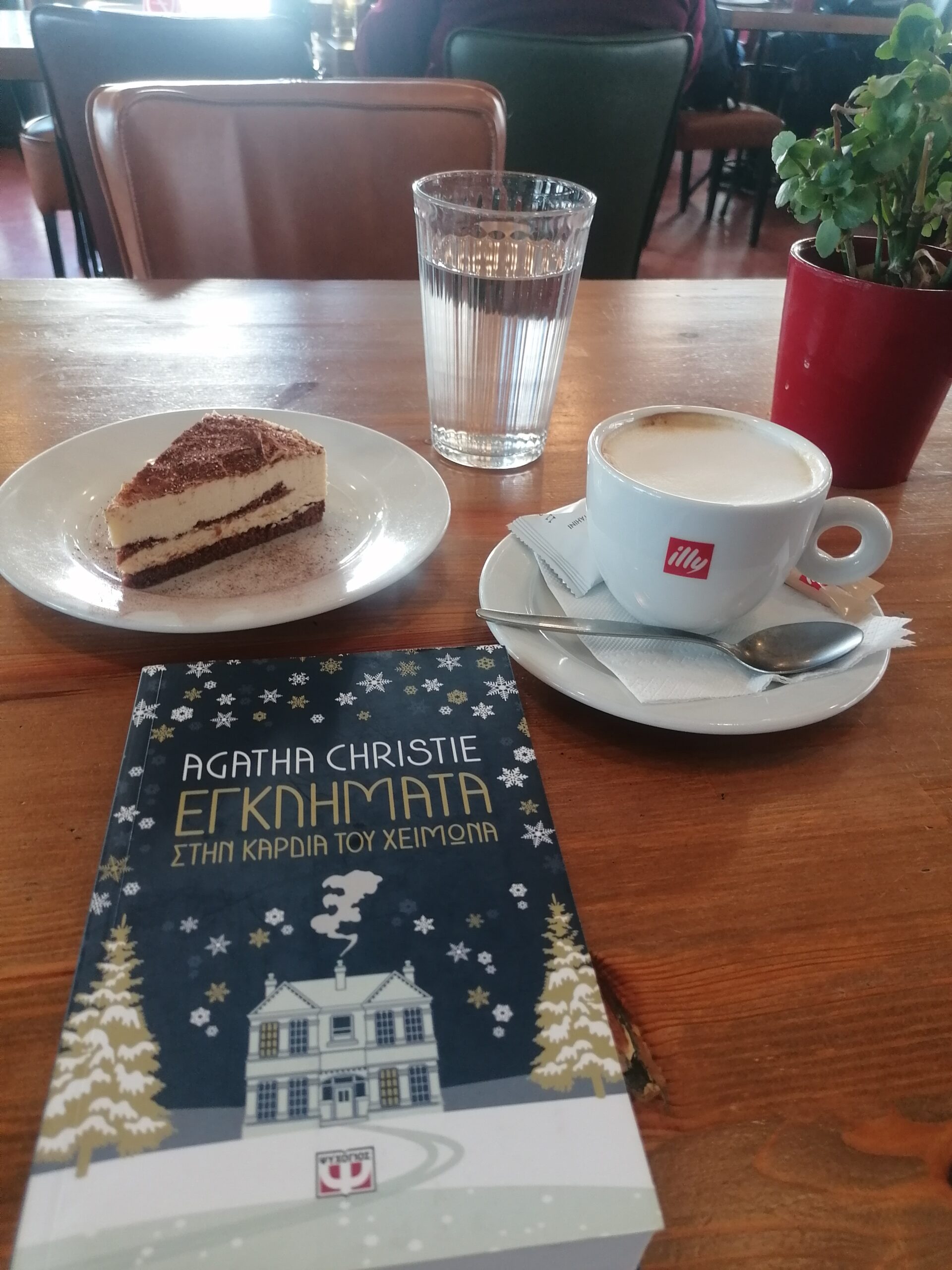
Hello dearest Reader and welcome back to the blog!
Today I am sharing with you my list of favourites for January (including books, movies, etc)

Hello dearest Reader and welcome back to the blog!
Today we’ll explore the life and aviator career of Bessie Coleman, the first African-American woman to hold a pilot license.

Hello dearest Reader and welcome to the eleventh issue of the Cinephile series!
Today’s focus is the beloved American sitcom Golden Girls which aired on NBC from 1985 to 1992.
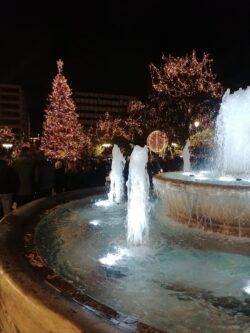
Hello dearest Reader and welcome back to the blog!
Today I am sharing with you my list of favourites for December (including books, movies etc.)
Wishing you a Happy New Year and may all your dreams become reality!
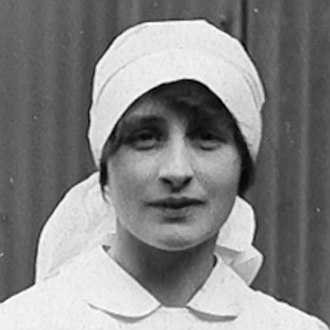
Hello dearest Reader and welcome back to the blog!
Today we are going to explore the life, nursing and writing career of pacifist Vera Brittain.
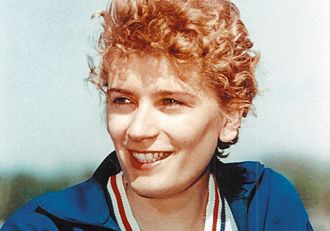
Hello dearest Reader and welcome back to the blog!
Today we shall explore the life and athletic craeer of Olympic hcampion Iolanda Balaș.

Hello dearest Reader and welcome back to the blog!
With Christmas only fifteen days away, I thought it would be a good idea to share with you some delightful holiday movies to make the most of the season!
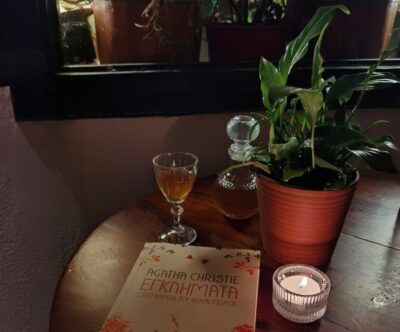
Hello dearest Reader and welcome back to the blog!
Today I’m sharing with you my list of favourites for November (including songs, books, etc.)
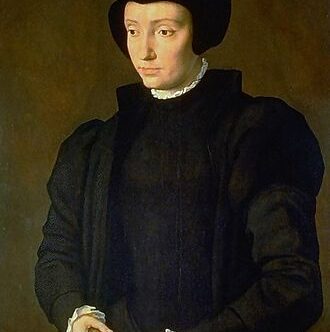
Hello dearest Reader and welcome back to the blog!
Today we’ll explore the life of Danish princess and heir Dorothea and her struggles in claiming the Danish throne.
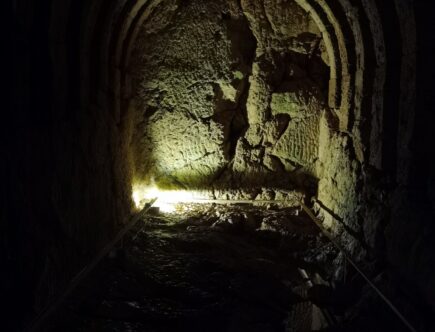
Hello dearest Reader and welcome back to the blog!
Today I am sharing with you my list of favourites for October (including books, YouTubers etc.)

Hello dearest Reader and welcome back to the blog!
Today I’m presenting to you my favourite wizard characters from movies/books.

Hello dearest Reader and welcome back to the blog!
Today I’m sharing with you my experience travelling to Rhodes as well as tips for any aspiring visitors.

Hello dearest Reader and welcome back to the blog!
Today we’ll explore the life and career of art critic Frederic George Stephens.
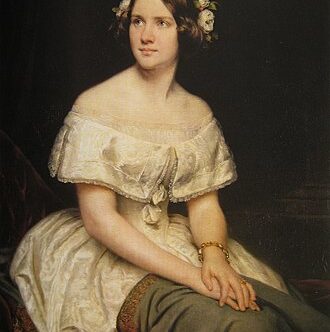
Hello dearest Reader and welcome back to the blog!
Today we’ll take a look into the life and singing career of Jenny Lind, the famous 19th century opera singer.
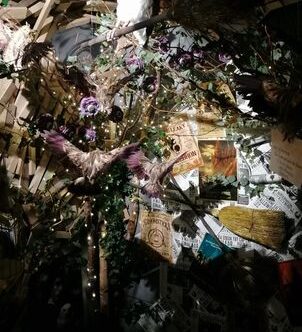
Hello dearest Reader and welcome back to the blog!
Today I’m sharing with you my list of favourites for September (including books, shops etc.)
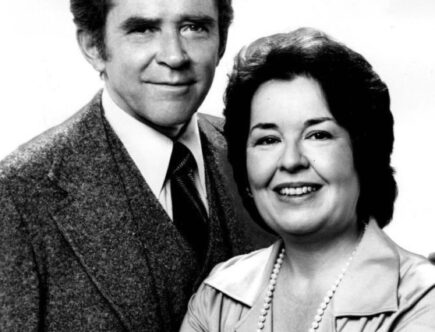
Hello dearest Reader and welcome back to the blog!
Today we’ll explore the life and acting career of American actress Sada Thompson.

Hello my dearest Reader and welcome back to the blog!
Today i’m sharing with you my list of favourites for August (including books, movies etc.)
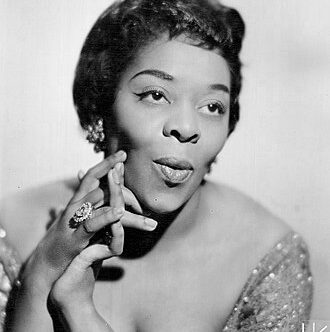
Hello dearest Reader and welcome back to the blog!
Today we’ll take a look into the life and singing career of American jazz vocalist Dinah Washington.
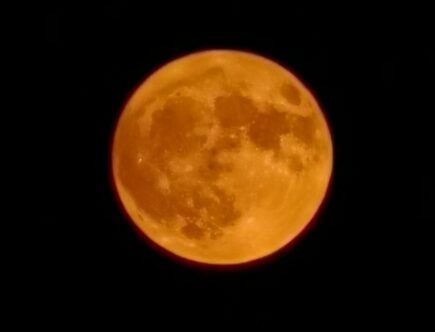
Hello dearest Reader and welcome back to the blog!
Today I am sharing with you my list of favourites for July (including books, movies etc.)
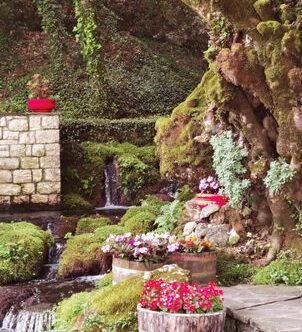
Hello dearest Reader and welcome back to the blog!
Today I am sharing with you my list of favourites for June (including books, shops etc.)
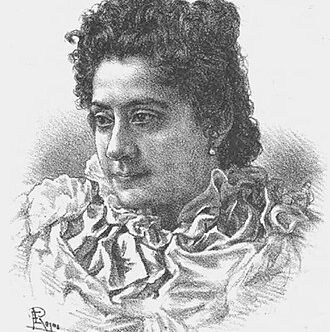
Hello dereast Reader and welcome back to the blog!
In today’s issue of Remarkable Women we’ll explore the life of Chile’s first female medical student, Eloísa Díaz.

Hello dearest Reader and welcome back to the blog!
Today I am sharing with you my list of favourites for May (including shops, books etc.)

Hello dearest Reader and welcome back to the blog!
Today we shall explore the life of Effie Gray, a Scottish artist’s model and wife of John Everett Millais.

Hello dearest Reader and welcome back to the blog!
Today I’m sharing with you my list of favourites for April (including old Hollywood films, tv series etc.)

Hello dearest Reader and welcome back to the blog!
Today we’ll explore the life and versatile career of American actress and diplomat Shirley Temple.
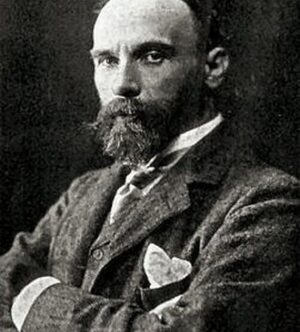
Hello dearest Reader and welcome back to the blog!
Today we will explore the life and artistic career of British painter John William Waterhouse.
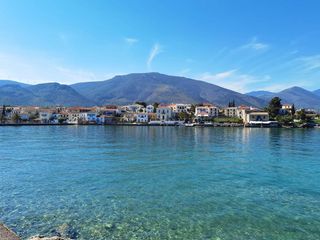
Hello dearest Reader and welcome back to the blog!
Today I am sharing with you my list of favourtites for March (including movies, poetry collections etc.)
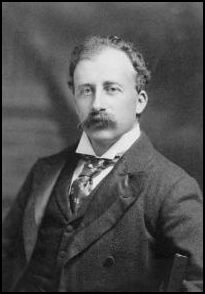
Hello dearest Reader and welcome back to the blog!
Today we’ll explore the life and artistic career of British author & naturalist John Guille Millais.
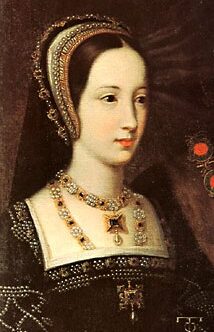
Hello dearest Reader and welcome back to the blog!
Today we are exploring the life of Mary Tudor, Queen of France and sister to the notorious Henry VIII.

Hello dearest Reader and welcome to the tenth installment of the Bibliophile series!
Today I’m reviewing one of the most exciting books I read in 2022 (a little late but anyway) and that is The Hobbit by J. R. R. Tolkien.
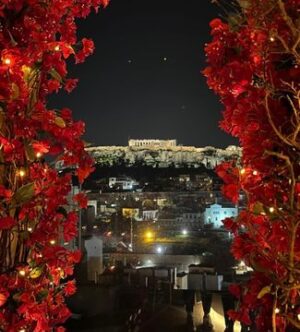
Hello dearest Reader and welcome bak to the blog!
Today I am sharing with you my list of favourites for February (including books, movies etc.).
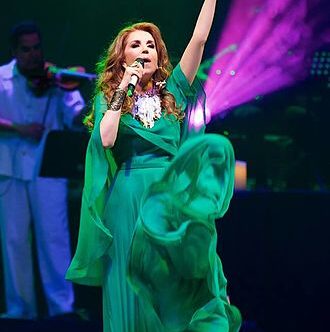
Hello dearest Reader and welcome back to the blog!
Today we’ll explore the singing career of Mexican singer Guadalupe Pineda.

Hello dear Reader and welcome to the tenth part of the Cinephile series!
Today I’m reviewing the 2020 period romance film Silver Skates.
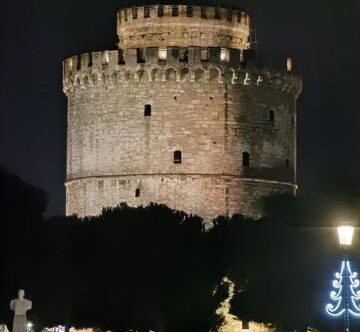
Hello dearest Reader and welcome back to the blog!
Today I’m presenting you with the very first monthly favourites for 2023 (including movies, shops, etc.)
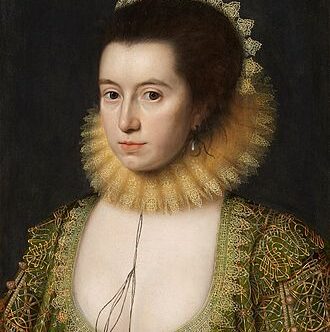
Hello dearest Reader and welcome back to the blog!
Today we’ll explore the life of Lady Anne Clifford, an English peeress of 17th century.

Hello dearest Reader and welcome back to the blog!
Today I’m sharing with you my experience travelling to Egypt as well as tips for any aspiring visitors.
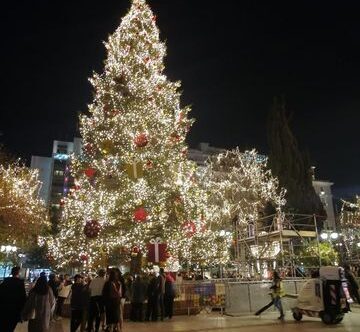
Hello dearest Reader and welcome back to my blog!
Today I’m sharing with you my last monthly favourites for 2022 (including songs, movies, etc.)
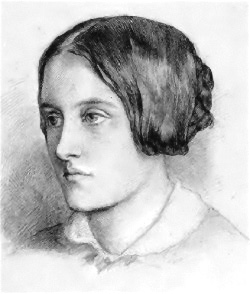
Hello my dearest Reader and welcome back to the blog!
Today we’ll explore the life and writing career of English writer Christina Rossetti.

Hello dearest Reader and welcome back to the blog!
Today I’m sharing with you my list of favourites for November (including movies, shops, etc.)
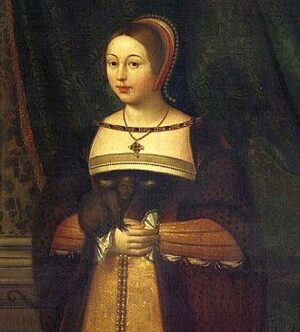
Hello dearest Reader and welcome back to the blog!
Today we’ll eplore the life of Margaret Tudor, Queen of Scotland.
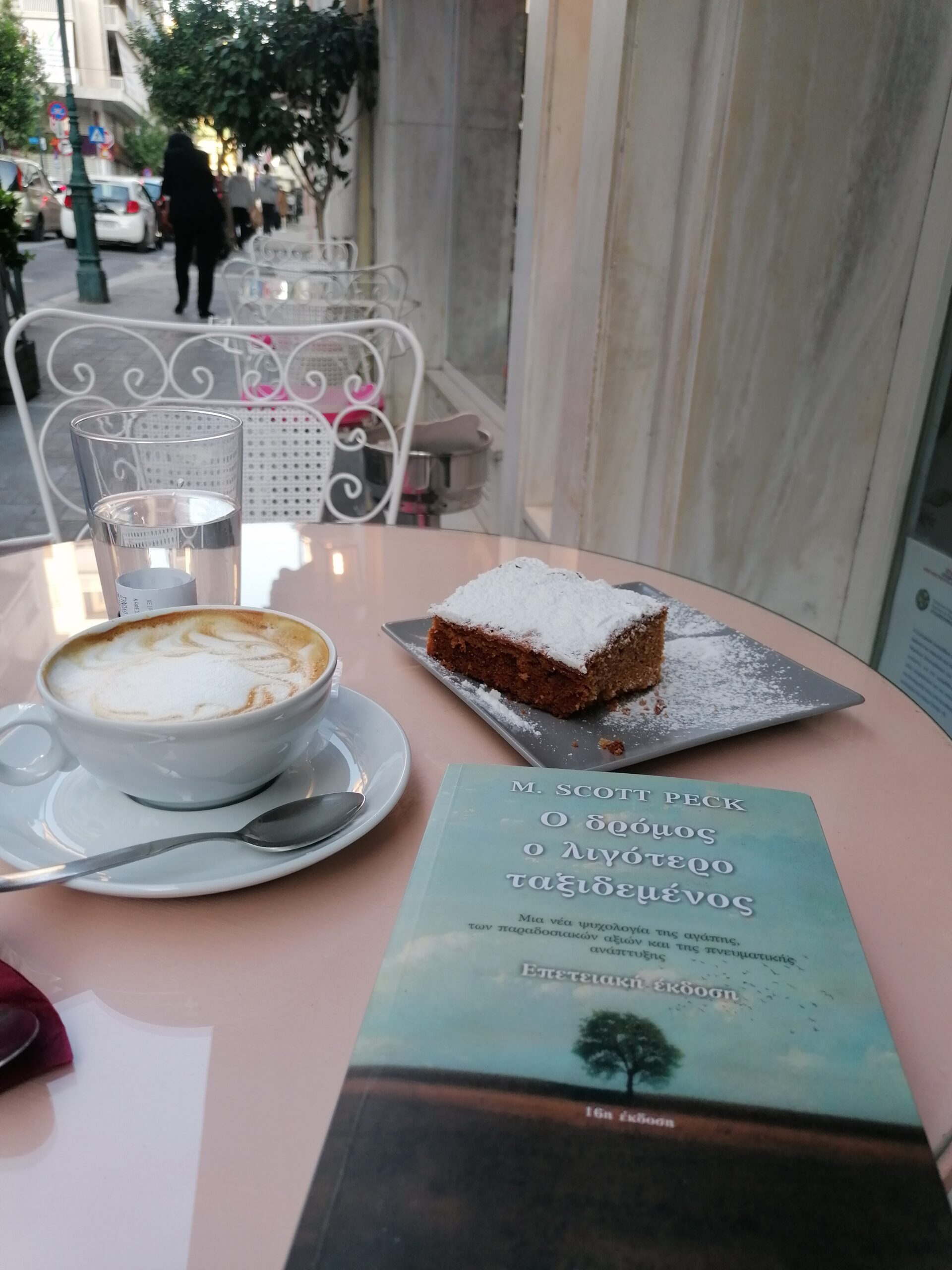
Hello dearest Reader and welcome back to the blog!
Today I’m sharing with you my list of favourites for October (including songs, movies, etc.).
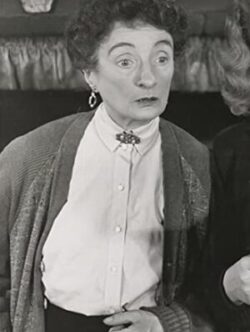
Hello dearest Reader and welcome back to the blog!
Today we’ll explore the life and acting career of Irish-born American actress Una O’Connor

Hello dearest Reader and welcome back to the blog!
Today I’m presenting to you my favourite witch characters from movies/tv series.
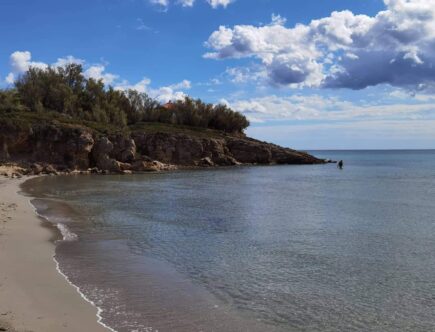
Hello searest Reader and welcome back to the blog!
Today I’m sharing you my list of favourites for September (including movies, apps etc.)
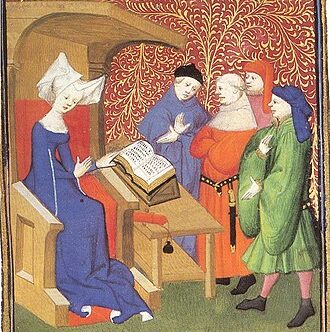
Hello dearest Reader and welcome back to the blog!
Today we shall explore the life and writing career of Italian poet Christine de Pizan.

Hello dearest Reader and welcome to the ninth installment of the Cinephile series!
Today we dive into the television series Agatha Christie’s Poirot starring David Suchet.
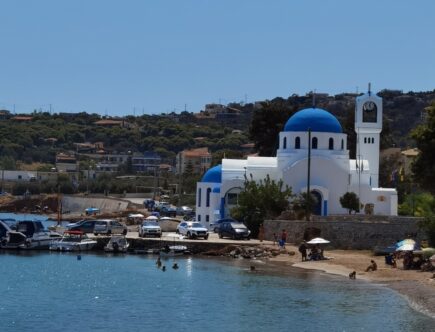
Hello dearest Reader and welcome back to the blog!
Today I’m sharing with you my list of favourites for August (including movies, Youtubers, etc.)

Hello dearest Reader and welcome to another issue of Remarkable Women!
Today we’ll explore the life of art collector and socialite Peggy Guggenheim.
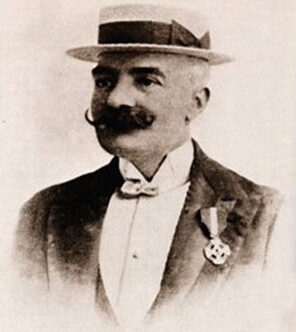
Hello dearest Reader and welcome back to the blog!
Today we shall eplore the life and writing career of Italian writer Emilio Salgari, who is considered the father of Italian adventure fiction and the grandfather ofof the Spaghetti Western.

Hello dearest Reader and welcome back to the blog!
Today I’m sharing with yoy my list of favourites (including movies, shops, etc.)
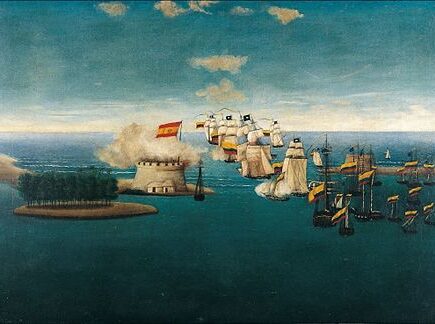
Hello dearest Reader and welcome back to the blog!
Today we dive into the naval battle known as the Battle of Lake Maracaibo, between the Republican and Royalist forces.
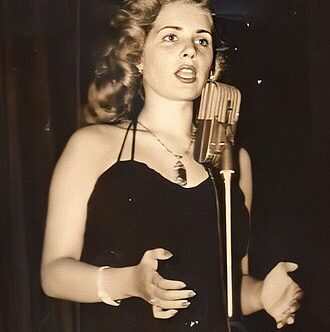
Hello dearest Reader and welcome back to the blog!
Today we go back to the days of Golden Mexican cinema to explore the life and career of one of it’s top leading ladies, Rosita Quintana.
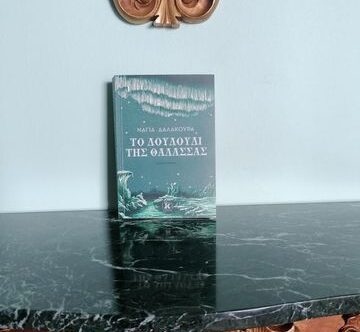
Hello dearest Reader and welcome back to the blog!
Today I’m sharing with you my list of favourites for June.
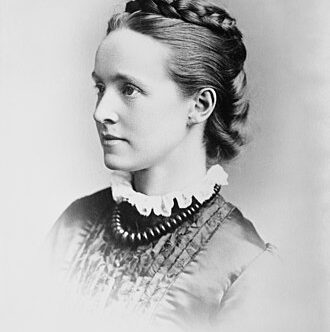
Hello my dearest Reader and welcome back to my blog!
Today we shall explore the life of English politician, writer and feminist Millicent Fawcett.
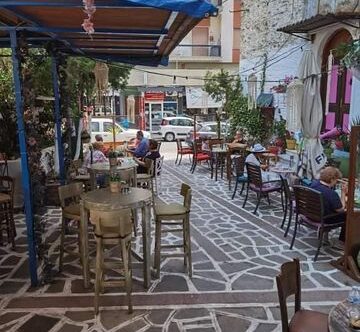
Hello dearest Reader and welcome back to the blog!
Today I’m sharing with you my list of favourites for May (including movies, shops, etc.).

Hello dearest Reader and welcome back to the blog!
Today I’m reviewing the compelling historical novel, Feathered Serpent by author Colin Falconer.
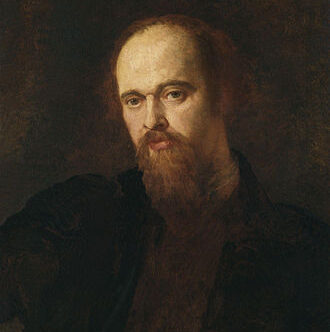
Hello dearest Reader and welcome back to the blog!
Today we’ll explore the life and artistic career of Dante Gabriel Rossetti, one of the founders of the Pre-Raphaelite Brotherhood.
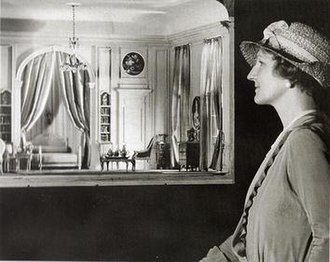
Hello dearest Reader and happy May!
Today we shall explore the life and artistic career of Narcissa Niblack Thorne, an American artist known for her miniature rooms.
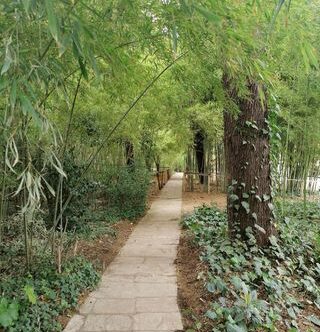
Hello dearest Reader and welcome back to the blog!
Today I’m sharing with you my list of favourites for April (including shops, tv series, etc.)
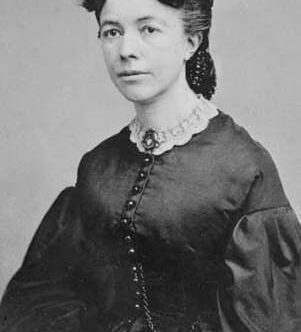
Hello dearest Reader and welcome back to the blog!
Today we’ll explore the life and career of Mary Louise Booth, the first editor-in-chied of Harper’s Bazaar.

Hello my dearest Reader and welcome back to the blog!
Today I’m sharing with you my list of favourites for March (including old Hollywood movies, shops, etc.)

Hello dearest Reader and welcome back to the blog!
Today we’ll explore the life and judicial career of Horace Gray.
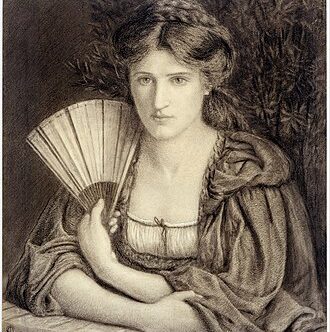
Hello my dearest Reader and welcome back to the blog!
Today we’ll explore the life and artistic career of Marie Spartali Stillman, a member of the Pre-Raphaelite Brotherhood.

Hello dearest Reader and welcome back to the blog!
Today I’m sharing with you my list of favourites for February (including movies, shops etc.)
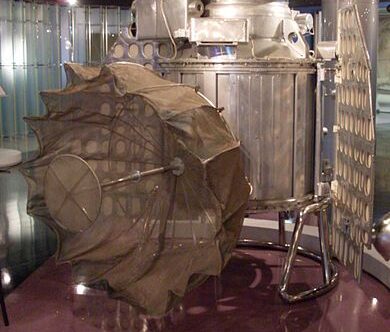
Hello dearest Reader and welcome back to the blog!
Today we shall explore the launch of Venera 1, the first spacecraft to fly past Venus.
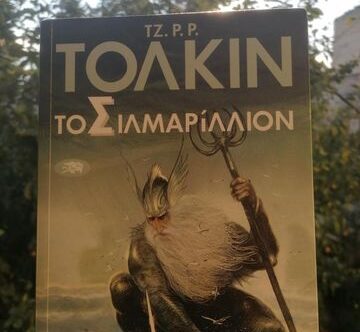
Hello dearest Reader and welcome back to the blog!
Today I’m sharing with you my list of favourites for January (including movies, shops etc.)

Hello dearest Reader and welcome back to the blog!
Today we’ll explore the life and artictic activities of author Lewis Carroll, known for his children’s novel Alice’s Adventures in Wonderland.
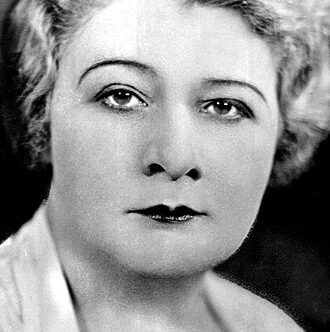
Hello dearest Reader and welcome back to the blog!
Today we’ll be exploring the life and acting career of Russian-bron American comedian Sophie Tucker.
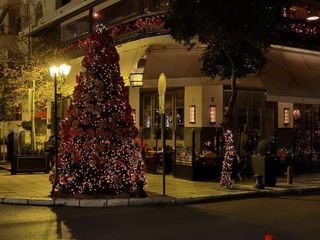
Hello dearest Reader and welcome back to the blog!
Today I’m sharing with you my last list of monthly favourites for 2021 (including movies, shops etc.)
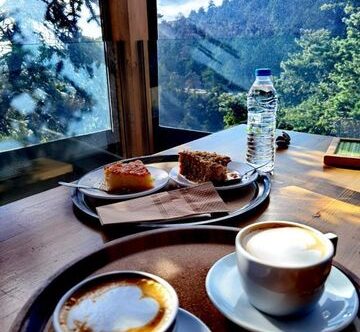
Hello dearest Reader and welcome back to the blog!
Today I’m sharing with you some of my favourite Christmas songs.

Hello dearest Reader and welcome back to the blog!
Today we’ll explore the life and career of British nurse Edith Cavell.

Hello dearest Reader and welcome back to the blog!
Today I’m sharing with you my list of favourites for November (including songs, youtubers etc.)
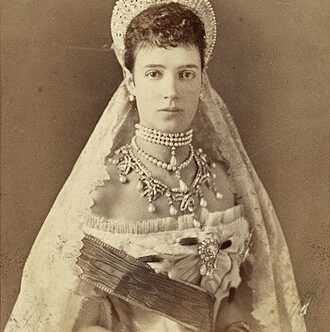
Hello dearest Reader! It’s been a while right?
Today we’ll explore the life and reign of Maria Feodorovna, Empress of Russia and mother to the last tsar Nicholas II.
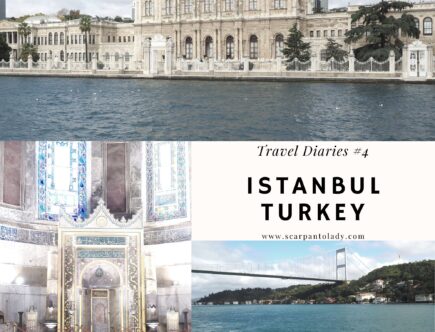
Hello dearest Reader and welcome back to the blog!
Today I’m sharing with you my experience travelling to Istanbul as well as tips for any aspiring visitors.
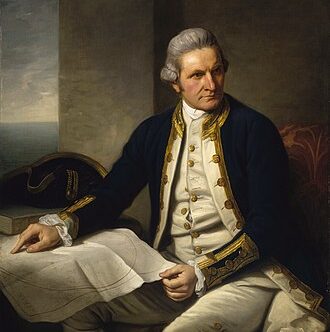
Hello dearest Reader and welcome back to the blog!
Today we will look into the life and voyages of British explorer Captain James Cook.
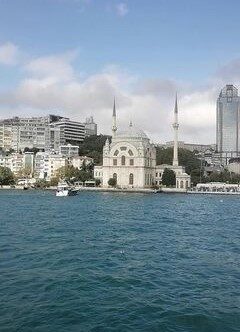
Hello dearest Reader and welcome back to the blog!
Today I’m sharing with you my list of favourites for October (including songs, tea, etc.)

Hello dearest Reader and welcome back to the blog!
Today we’ll be looking into the life and musical career of Austrian composer Johann Strauss II.
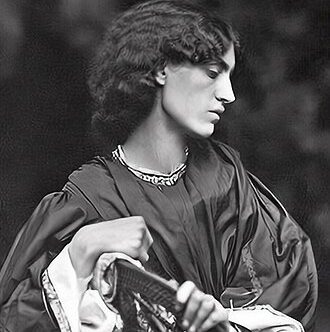
Hello dearest Reader and welcome back to the blog!
Today we’ll explore the life and career of English embroiderer Jane Morris.
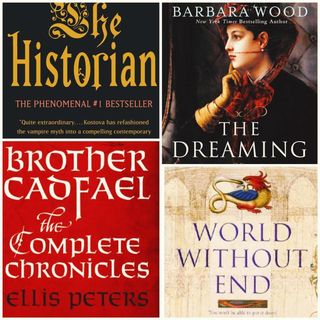
Hello dearest Reader and welcome back to the blog!
Today I will share with you my top 10 historical novels of all time.
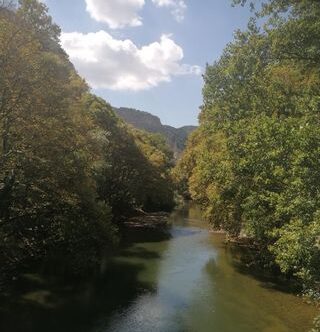
Hello dearest Reader and welcome back to the blog!
Today I’m sharing with you my list of favourites for September (including movies, Youtubers e.t.c)
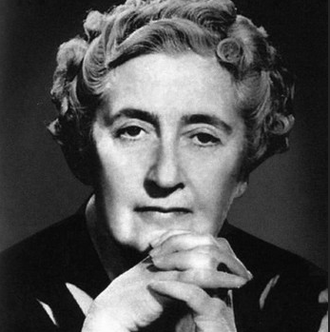
Hello dearest reader and welcome back to the blog!
Today we will explore the life and writing career of the Queen of the Crime, Dame Agatha Christie.
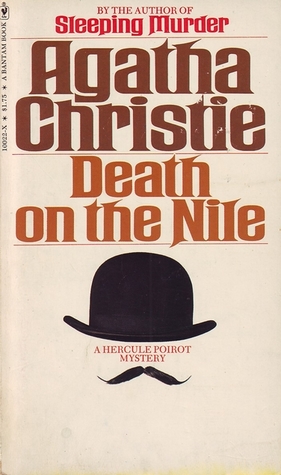
Hello dearest Reader and welcome back to the blog!
Today I’m reviewing one of Agatha Christie’s most famous detective novels, Death on the Nile.
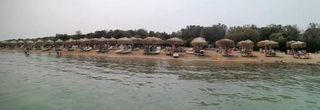
Hello dearest Reader and welcome back to teh blog!
Today I’m sharing with you my list of favourites for August (including songs, movies e.t.c.)
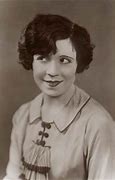
Hello dearest reader and welcome back to the blog!
Today we’ll explore the life and acting career of Estelle Brody, one of the biggest stars of British silent film industry.
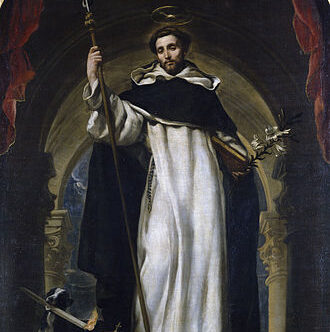
Hello dearest Reader and welcome back to the blog!
Today we will explore the life of Saint Dominic de Guzmán, founder of the Dominican Order.
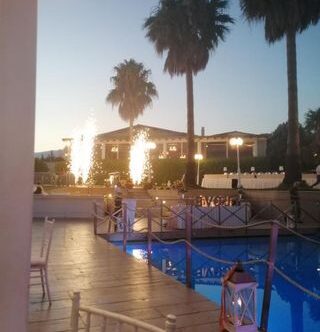
Hello dearest Reader and welcome back to the blog!
Today I’ll share with you my list of favourites for July (including songs, books e.t.c.)
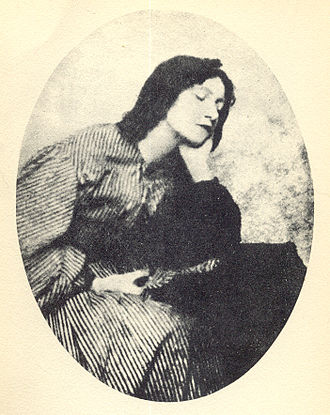
Hello dearest Reader and welcome back to the blog!
Today we shall explore the life and artistic/literary career of British painter Elizabeth Siddal.
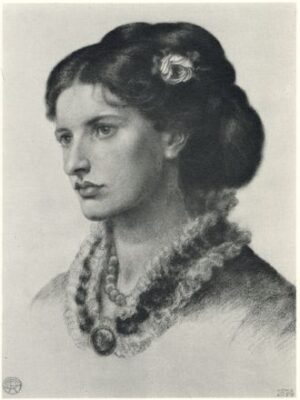
Hello dear Reader and welcome to part 23 of the Remarkable Women series!
Today we will explore the life and artistic career of British painter & author Lucy Madox Brown

Hello dearest Reader and welcome back to the blog!
Today I’m sharing with you my list of favourites for June (including songs, tv series e.t.c).
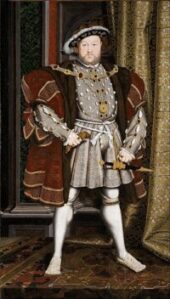
Hello dearest Reader and welcome back to the blog!
Today we’ll explore the life and reign of Henry VIII, who is infamous about his 6 wives.
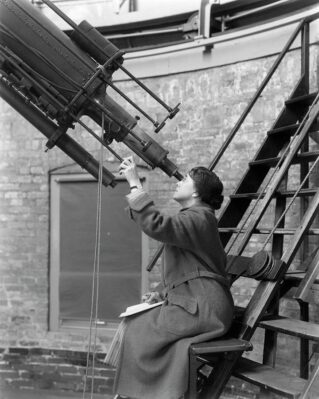
Hello dearest Reader and welcome back to the blog!
In today’s short but informative post we will explore the life and astronomical career of Mary R. Calvert.
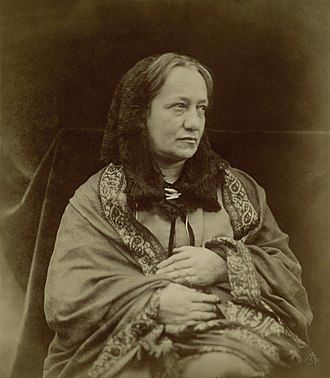
Hello dearest Reader!
Today we’ll explore the life and photography career of British photographer Julia Margaret Cameron, who one of the most important portraitists of the 19th century.
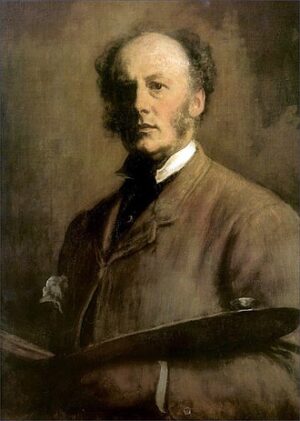
Hello dearest Reader and welcome back to the blog!
Today we’ll glimpse into the life and artistic career of Sir John Everett Millais, who was one of the founders of the Pre-Raphaelite Brotherhood
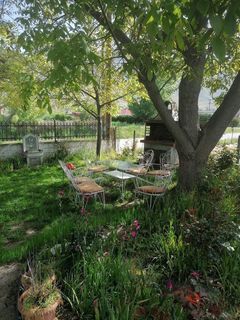
Hello dearest Reader and welcome back to the blog!
Today I’m sharing with you my list of favourites for May (including songs, documentaries e.t.c)

Hello dearest Reader and welcome back to the blog!
In today’s Cinephile issue I’m going to review the 2021 Disney movie Raya and the Last Dragon.
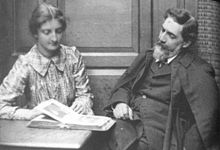
Hello dearest Reader and welcome back to the blog!
Today we shall explore the life and archeological career of Egyptologist Hilda Petrie.
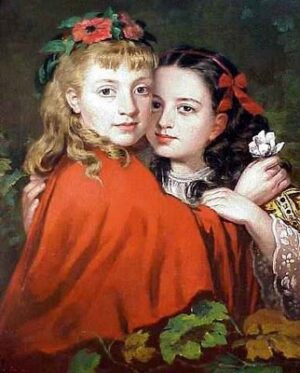
Hello dearest Reader and welcome back to the blog!
Today we shall explore the life and artistic career of James Collinson, one of the members of the Pre-Raphaelite Brotherhood.
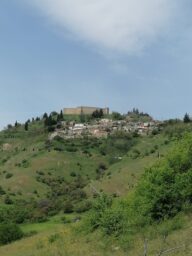
Hello dearest Reader and welcome back to the blog!
Today I am sharing with you my list of favorites for April (including songs, movies e.t.c)

Hello my dear Reader and welcome back to the blog!
Today we are taking a closer look at the life and literary career of Elizabeth Goodge.

Hello dearest Reader and welcome back to the blog!
Today we’ll explore the life and artistic career of British painter Ford Madox Brown.
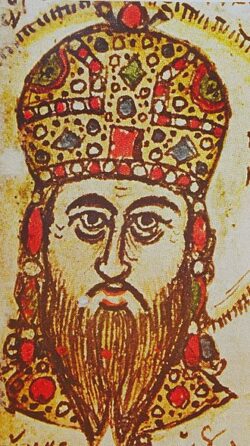
Hello dearest Reader and welcome back to the blog!
Today we’ll take acloser look into the life of Andronikos IV Palaiologos, Emperor of the Byzantine Empire from 1376 to 1379.
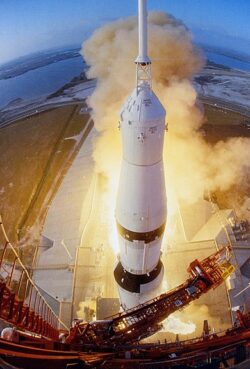
Hello dear Reader and welcome back to the blog!
In today’s post we shall see the details concerning the launch of Apollo 6.
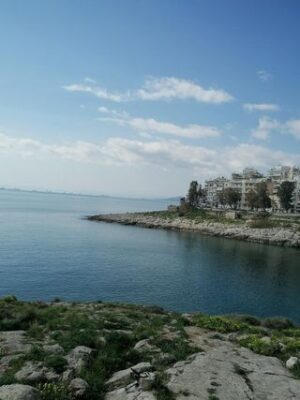
Hello dear Reader and welcome back to the blog!
Today I’m sharing with you my list of favourites for March (including songs, books, e.t.c).
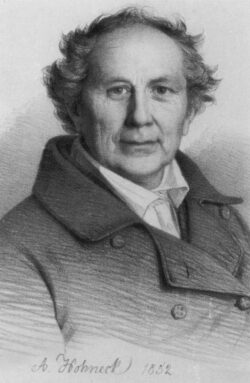
Hello my dear Reader and welcome back to the blog!
Today we will explore the life and scientific career of German astronomer Friedrich Wilhelm Argelander.

Hello dear Reader and welcome back to the blog!
Today we shall take a closer look into the life and career of British-American actress Rachel Weisz.
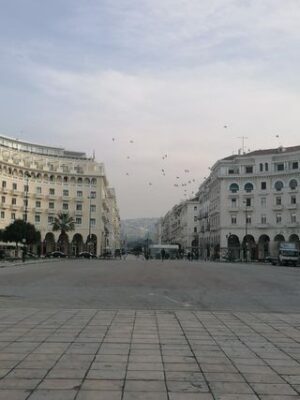
Hello my dearest Reader and welcome back to the blog!
As it is the last day of February it’s time to share with you my list of favourites for the month (including songs, books e.t.c)
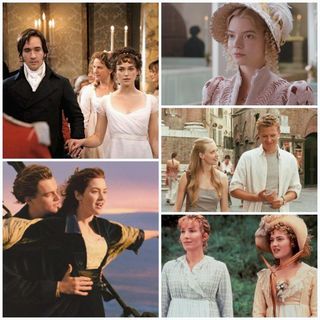
Happy Valentine’s Day my dear Reader!
To help you get into the spirit of love and celebrate with your significant other I am sharing with you my top 10 romantic films.
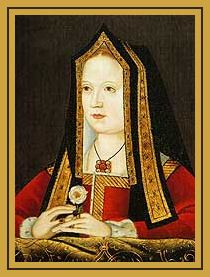
Hello dearest Reader!
In today’s 18th isssue of Remarkable Women we will take acloser look into the life of Elizabeth of York, whose marriage to Henry VII marked the end of the Wars of the Roses.
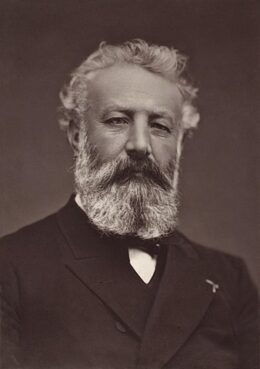
Hello my dearest Reader and welcome back to the blog!
Today we will take a closer look at the life and literary career of Jules Verne
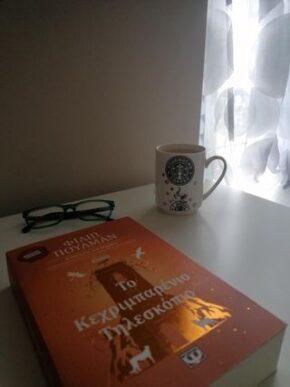
Hello dearest Reader and welcome back to the blog!
As it is the last day of January 2021 I’m sharing with you my list of favourites for the month (including songs, books e.t.c.)

Hello dearest Reader and welcome back to the blog!
Today I’m reviewing the classic literature novel Sense and Sensibility by Jane Austen
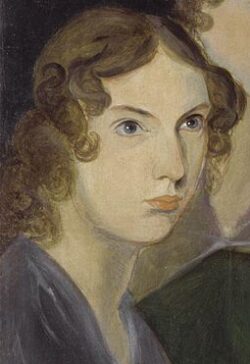
Hello dearest Reader and welcome to the first Remarkable Women post for 2021!
Today we will take a closer look into the life and literary career of Anne Brontë, the youngest member of the Brontë literary family.
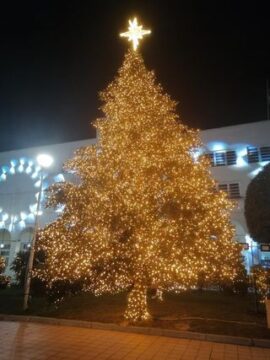
Hello dearest Reader and welcome to the last Monthly Favourites for 2020!
In today’s post I’m sharing with you my list of favourites for the month December (including songs, books e.t.c.)

Hello dearest Reader and welcome to the seventh part of the Cinephile series!
In today’s post I am reviewing the 2019 romantic comedy film Last Christmas, starring Emilia Clarke and Henry Golding.
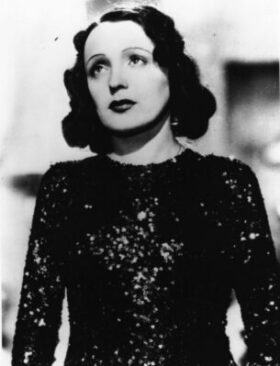
Hello dearest Reader and welcome back to the blog!
Today we’re taking a closer look into the life and incredible career of French singer-songwriter, cabaret performer and film actress Édith Piaf.
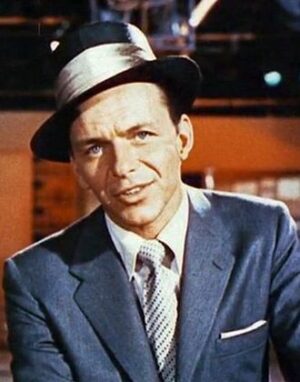
Hello dearest Reader and welcome back to the blog!
Today we will tale a closer look at the life and versatile career of Frank Sinatra, one of the most popular and influential musical artists of the 20th century.
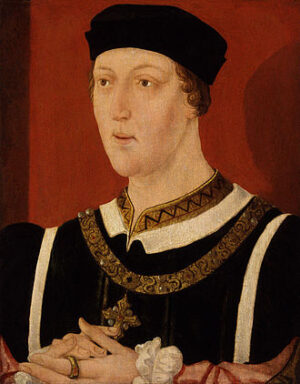
Hello dearest Reader and welcome back to the blog!
Today we are taking a closer look into the life and reign of King Henry VI of England who was also the disputed King of France

Hello dearest Reader and welcome back to the blog!
Today I’m sharing with you my list of favourites for the month November (including, songs, movies e.t.c)

Hello dear Reader and welcome to part 6 of the Cinephile series!
Today I’m reviewing the 1985 period romance film A Room with the View, based on the novel of the same name by E. M. Forster.
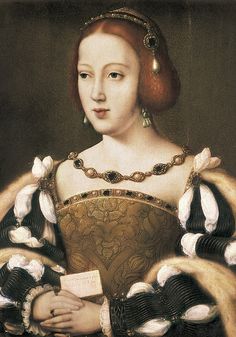
Hello my dearest Reader and welcome to part fifteen of the Remarkable Women!
In today’s post we’ll take a closer look into the life of Eleanor of Austria who became the Queen of Portugal and France by her two marriages.
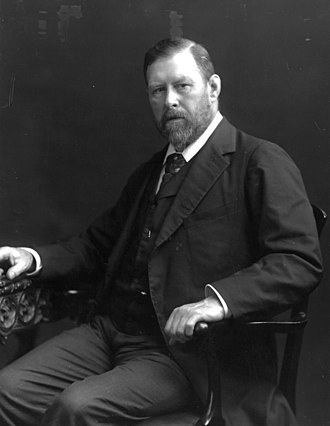
Hello dearest Reader and welcome back to the blog!
Today we shall explore the life and writing career of Bram Stoker, the Irish author who became famous for his 1897 Gothic horror novel Dracula.

Hello dearest Reader and welcome back to the blog!
Today I’m sharing with you my list of favourites for the month October (including songs, movies e.t.c)
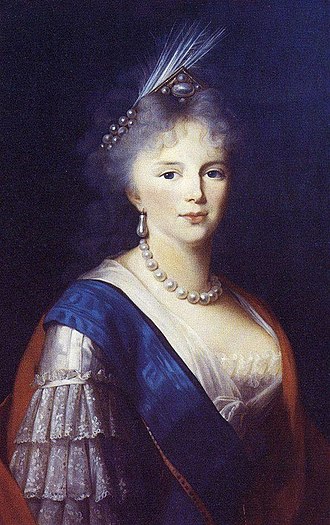
Hello dearest Reader and welcome back to another issue of Remarkable Women!
This month we’ll focus on Duchess Sophie Dorothea of Württemberg who became Empress of Russia as the second wife of Tsar Paul I.
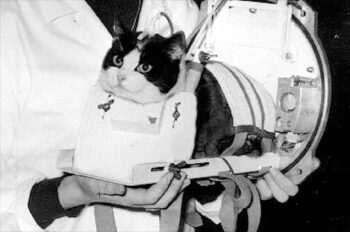
Hello dearest Reader and welcome back to the blog!
In today’s post will take a look at the French space mission featuring Félicette, the first cat launched into space and the only cat to have survived spaceflight.
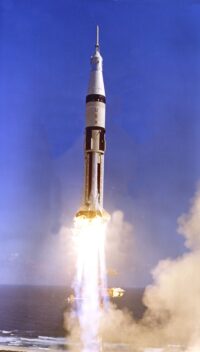
Hello dearest Reader and welcome back to the blog!
Today we’ll get a glimpse on the Apollo 7 mission which was launched on October 11, 1968 and was the first mission of the USA Apollo program to carry a crew into space.

Hello dearest Reader and welcome back to the blog!
Today I’m sharing with you my list of favourites for the month September (including songs, books e.t.c)

Hello dearest Reader and welcome back to the blog!
Today I’m reviewing the historical romance novel A Kiss From Mr Fitgerald by Natasha Lester.

Hello dearest Reader and welcome to the blog!
Today we will take a journey through old Hollywood to delve deeper into the life of Italian actress Sophia Loren.

Hello dearest Reader and welcome back to the blog!
Today we are looking into the life of politician and condottiero Cesare Borgia.
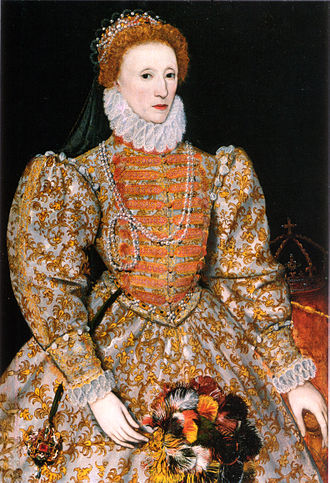
Hello dearest Reader and welcome back to the blog!
In today’s blogpost we’re taking a closer look into the life and reign of England’s most famous queen, Elizabeth I.
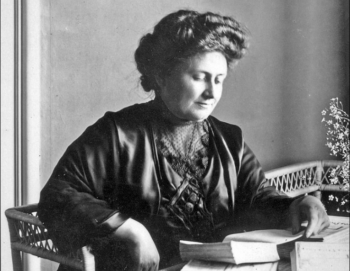
Hello dear Reader!
Today we are taking a closer look into the life of physician and educator Maria Montessori.
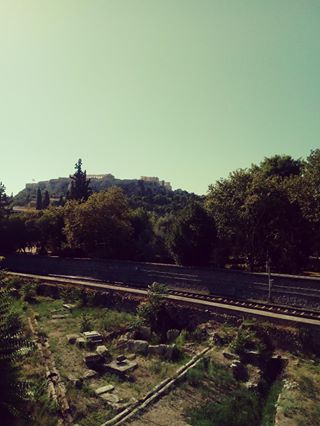
Hello dearest Reader and welcome back to the blog!
Today I’m sharing with you my list of favourites for the month August (including songs, books, e.t.c)

Hello dear Reader and welcome back to the blog!
Today I am sharing with you my top 10 favorite anime films of all time.
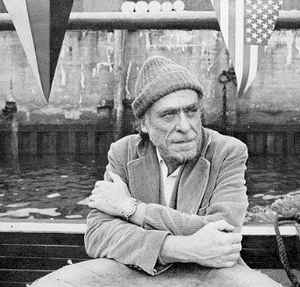
Hello dearest Reader and welcome back to the blog!
Today we’ll take a look into the life of poet, novelist and short story writer Charles Bukowski.
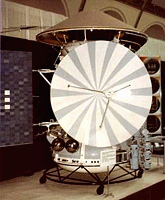
Hello dearest Reader!
Today we’ll take a closer look into the launch of the Soviet spacecraft Mars 7.
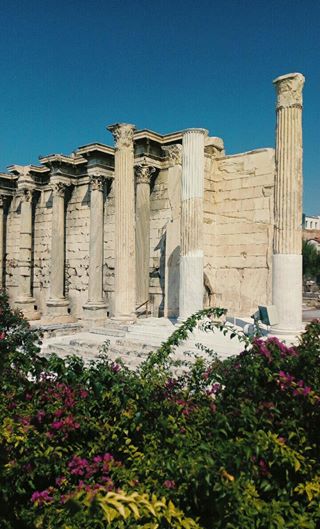
Hello dearest Reader!
Today I’m sharing with you my list of favourites for the month July (including songs, apps e.t.c)

Hello dear Reader and welcome to the eleventh part of the Remarkable Women series!
Today we’ll be taking a closer look into the life and career of popular music singer and actress Darlene Love.

Hello dear Reader and welcome to the fifth part of the Cinephile series!
Today I am reviewing the 2020 comedy-drama film Emma, based on the novel of the same name by Jane Austen.
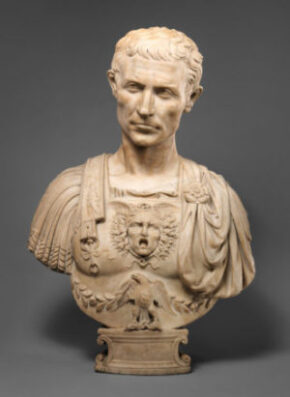
Hello dearest Reader and welcome back to the blog!
Today we will take a closer look into the life of Julius Caesar, the man who contributed to the demise of the Roman Republic and the rise of the Roman Empire.
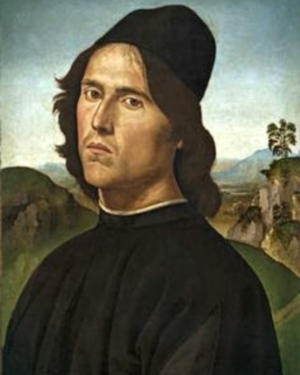
Hello dear Reader and welcome back to the blog!
Today we’ll be taking a closer look into the life of Giovanni Sforza, Lord of Pesaro and Gradara and Lucrezia Borgia’s first husband
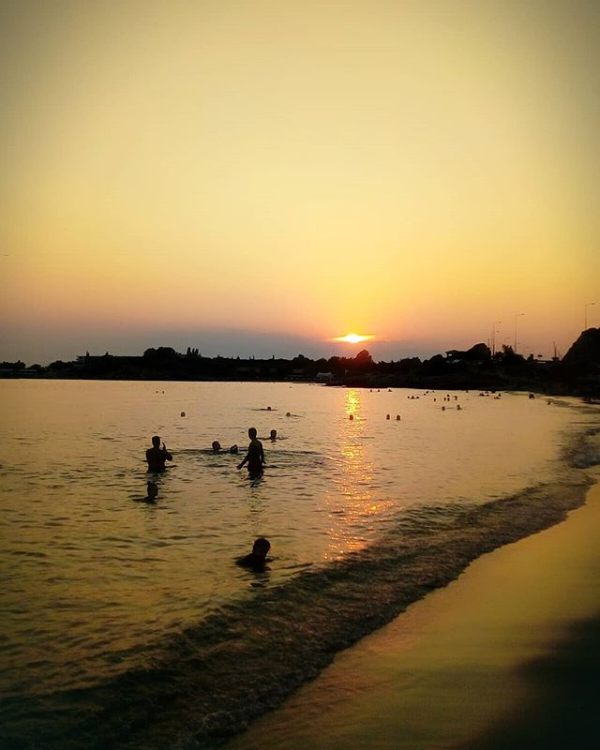
Hello dearest Reader!
Today I’m sharing with you my list of favourites for the month June (including songs, movies e.t.c)

Hello dearest Reader and welcome back to the blog!
Today we are looking deep into the life and literary career of Greek writer and journalist Emmanuel Rhoides, whose novel Papissa Ioanna gained international fame.
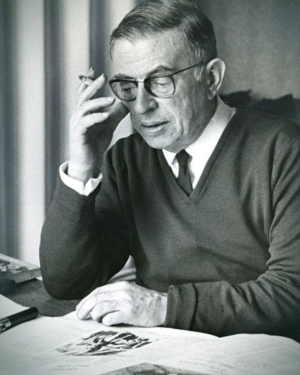
Hello dearest Reader and welcome back to the blog!
Today we are taking a peek into the life and writing career of philosopher and activist Jean Paul Sartre

Hello dearest Reader and welcome back to the blog!
In today’s A Day in History we are taking a closer look at the life and musical career of Italian composer Antonio Sachhini.
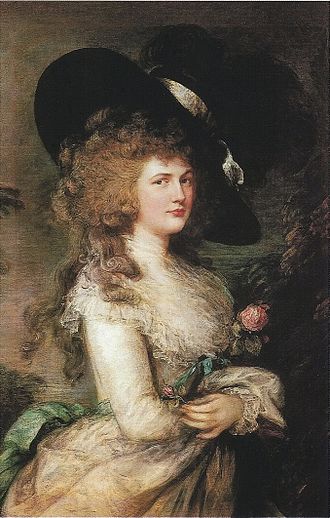
Hello dearest Reader and welcome back to the blog!
Today we are taking a peek into the life of the legendary Georgiana Cavendish, Duchess of Devonshire.
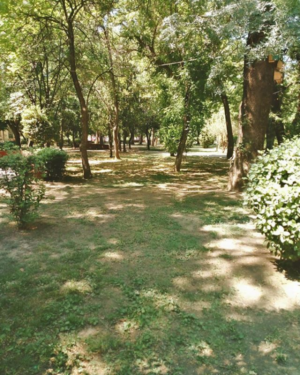
Hello dearest Reader and welcome back to the blog!
Today I’m sharing with you my list of favourites for the month May (including songs, tv series e.t.c)
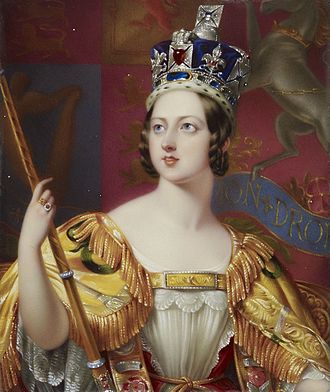
Hello dear Reader and welcome back to the blog!
Today we are diving into the life and long reign of Queen Victoria of the United Kingdom of Great Britain and Ireland.

Hello dear Reader and welcome back to the blog!
Today we are delving into a gruesome part of California’s history known as the Bloody Island massacre.
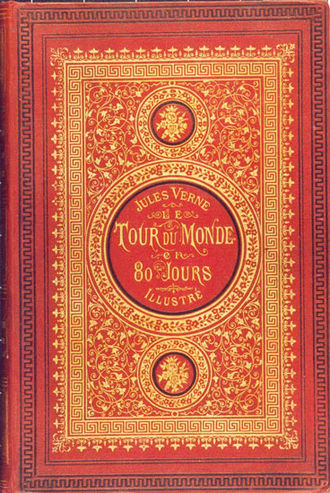
Hello dearest Reader and welcome back to the blog!
Today I’m reviewing one of my most favourite books of all time, Around the World in Eighty Days by Jules Verne
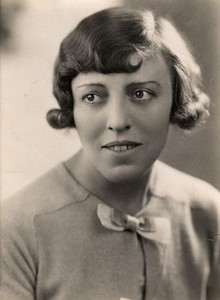
Hello dear Reader!
Today we are exploring the life and writing career of The Hundred and One Dalmatian’s author, Dodie Smith
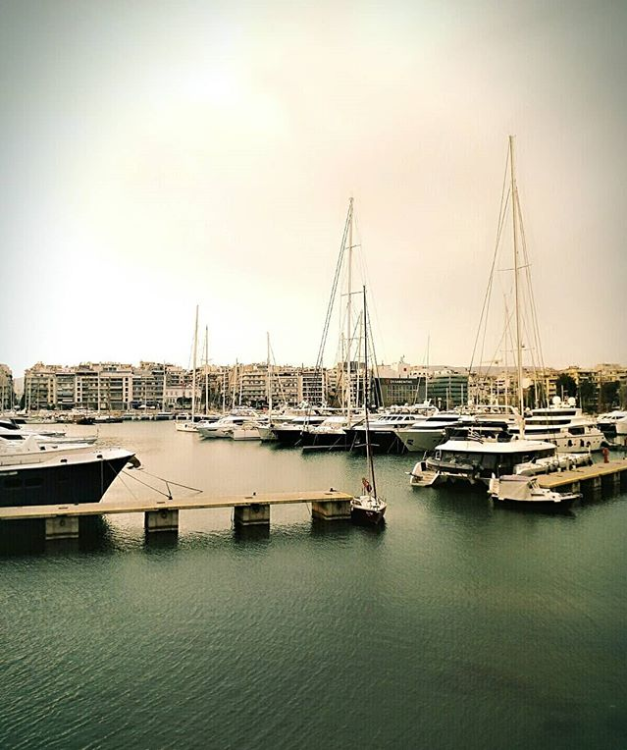
Hello dear Reader and welcome to another Monthly Favourites!
Today I’m presenting my list of favourites for the month April (including songs, movies, e.t.c)

Hello dearest Reader and welcome back to the blog!
Today in regard to Barbra Streisand’s 78th birthday anniversary we are taking a closer look through her successful singing and acting career.

Hello my dearest Reader and welcome back to the blog!
Today we are taking a closer look at the life of English poet Lord Byron.

Hello dear Reader and welcome to part 4 of the Bibliophile series!
Today I’m reviewing the 2011 fantasy novel Night Circus by author Erin Morgenstern.

Hello dear Reader and welcome to part 4 of the Cinephile series!
Today I’m reviewing the 2012 Japanese anime movie Wolf Children.

Hello dearest Reader and welcome back to another Monthly Favourites!
I hope you are taking care of yourself and staying safe during these difficult times we are all facing.
Today I’m sharing my list of favourites for the month March (including songs, books, tv series e.t.c)
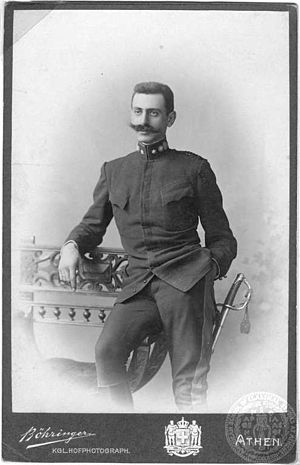

Pavlos Melas was born in Marseilles, France, on March 29, 1870. He was one of the seven children of mainland merchant Michael Melas and Helen Vuccina (daughter of a wealthy Cephalonian trader from Odessa). The origin of his family was from Parakalamamos Pogoniou of Epirus, where the ruins of the family tower still survive.
In 1874 his family settled in Athens and resided in a building on Panepistimiou Street (which today is the headquarters of the Athenian Club).
At that time the main national and political ideological current in Greece was the Great Idea, the expansion of the Greek state’s borders to include Greek countries that were under foreign rule.
Michael Melas shared this vision and spent a significant portion of his personal fortune on it. In 1878 he became a treasurer of the National Defense, an organization which supported alienated movements in Epirus and Crete. He dealt with politics, was elected a deputy of Attica in 1890 and the mayor of Athens the following year. In such an ideological climate young Pavlos was brought up.
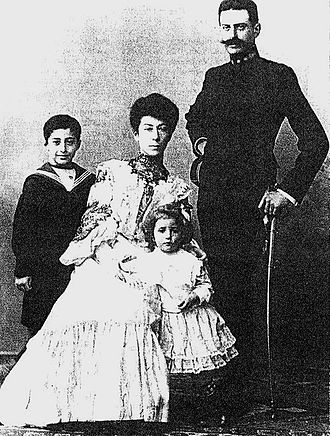
In 1885 Melas completed his secondary education and in September, 1886, began his five-year training at the Hellenic Army Military School in Piraeus, where he graduated in August, 1891, as a lieutenant in the 18th Artillery.
At the same time he met Natalia Dragoumi, daughter of politician and future Prime Minister Stefanos Dragoumis and sister of Ion Dragoumis. Stefanos Dragoumis was also a fiery patriot and had given his children the same ideals.
Pavlos and Natalia were married in October, 1892 and had two children: Michael Melas in 1895 and Zoe Mela in 1897.
Despite great differences in character, Natalia admired the boyisness that characterized Melas and supported him in his decisions, while Melas respected her sensible advice and regretted not feeling worthy enough to play the role of her patron.
With his children, who were a source of satisfaction, he did not hesitate to behave with love and with unshaken childlike behaviour even before others.
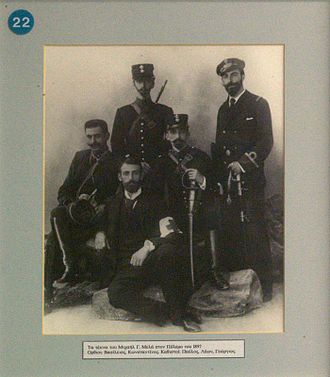
In August 1894, Melas along with 85 other officers participated in the destruction of the Acropolis newspaper offices, which, after the ruthless beating of a citizen by three officers, had published a front-page article denouncing their authoritarianism and questioned the usefulness of the officers’ corps. The soldiers were taken to the military court, but their pre-trial detention order remained unanswered and they were acquitted at the military court.
In November, fourteen of them founded the National Society, among which the first members were Melas, with a registration number 25.
Melas was one of the most active officers who were members of the National Society, with regard to the establishment of new subdivisions in the province and ensuring their seamless communication with its leadership.
On February 12, 1897, Melas served as a guard at the University of Athens when he was invited to return with his men to the artillery barracks. Under pressure from the National Society and against the will of the Great Powers, the Greek government had decided to send expeditionary troops to Crete to support the revolution there.
Disappointed, Melas learned that his unit was not included in the expedition. The next day, however, it was announced that his lowland fire, under the command of Prince Nicholas, would go to Larissa.
On February 16, 1897, the unit departed by ferry from Piraeus (through Chalkida) and arrived by train from Volos to Larissa. Covering his superiors, Melas was responsible for moving a 55-wagon train from Volos to the Greek-Ottoman national border of the National Society that intended to invade the Ottoman Empire to provoke war. The failed invasion of Greek mischief in Macedonia on April 9 gave the Ottoman government the cause it was seeking for a declaration of war. On April 18, diplomatic relations between the two countries were suspended and the war was declared.
In his diaries Melas appears excited by the start of hostilities. However, the rapid negative turn of events, the irregular retreat of the Greek army and the evacuation of Larissa disappointed Melas.
On May 18, with the news of his father’s telegram he became ill with a high fever and the doctor sent him to Lamia and then to the Thessaly Floating Hospital, where his wife was a volunteer nurse. Together they returned to his family home in Athens, where he recovered for a week and then requested and returned to Lamia. He would soon return to Athens because of the illness of his father, who died on June 17. In his father’s coffin Melas vowed to offer his life to the nation.
In January 1899, Melas became a member of the board of directors of the National Society, which dissolved itself in December 1900 following a general outcry over the defeat of 1897 and a dispute with the government over the management of its funds.
However, following a proposal by Melas and Nikolaos Politis, it was decided that the Board of Directors of the Company would continue to discuss national issues “suggesting similar solutions to the respective Government”.
Mourning the outcome of the war of 1897, Melas was heavily involved in Macedonian affairs, which were of great importance to the Dragoumis, a family of politicians, all of whom were actively involved in the matter. Around the Dragoumi family and at the initiative of Mela’s brother-in-law, Ionas, an organization was formed to defend Hellenism in Macedonia. The idea was widely adopted by young officers and officers who had been members of the National Society.
Officers serving in the Army Cartographic Service carried weapons to Macedonia’s frontier into the hands of people such as the Metropolitan of Kastoria German Karavangelis. In November 1902, Ion Dragoumis was appointed vice-consul at the Monastery. From there, Dragoumis maintained correspondence with Melas, whom he informed by letter, asking him to send weapons, money, and recommended the acquisition of European newspapers.
In January 1903, Dragoumis informed Melas of the imminent establishment and aims of the Macedonian Committee of the “few people, rich and good” and rejected “sickness” as constitutional parliament, but only accepted parliament “Provincial” and not “national issues”, in order not to “make people angry if they take away their vote”.
Although Melas himself, like Stefanos Dragoumis, did not become a member of the Komitatos, they nevertheless cooperated with his members using their own network. At the request of the Metropolitan of Kastoria, Melas organized in May 1903 with the help of Lieutenant George Tsondos and with the sponsorship of Louisa Riankour the expedition to Karavangeli of eleven Cretan mercenaries.
These Cretans either escorted the bishop’s armed forces to perform divine service in outer villages or attacked groups of EMEA militias and, with Ilinden’s uprising, rebel peasants, until being sent by Karavagelis, in August, to Melas and Stefanos Dragoumis. In October, Ion Dragoumis wrote to Melas to be ready to move militarily, either against the Bulgarians in Macedonia or to seize power in Greece.
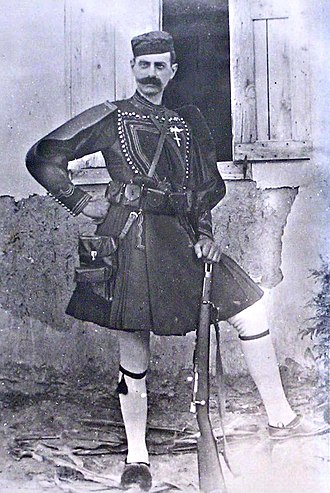
Kotas’s capture by the Ottoman authorities, probably after the betrayal of his former associates (German Karavangelis most likely), in June 1904, deprived the Greek side of its action in the region of Korestia. On August 14, shortly after his return from Kozani and with the intervention of Prime Minister George Theotokis, Melas was appointed by the Macedonian Commiton to head all the troops operating in the area of Monastiri and Kastoria.
Melas departed with some secrecy four days later for his third tour of Macedonia accompanied by Pyrzas and three Cretans. In Larissa, Melas was hosted by Lieutenant Haralambos Lufa who, according to a letter sent by Melas to his wife, asked him to take his picture. Melas agreed and was photographed armed on August 21 by photographer Gerasimos Dafnopoulos.
On the night of the 27th of August, Pavlos Melas under the operational name “Zezas” and with an armed body of about 35 men, Cretans and Macedonians alike, crossed the Greek-Ottoman border and invaded the Macedonian territories near Ostrovo.
Mela’s armed body was home to local thieves and Cretans of similar occupations, who moved and acted like thief groups. Crossing the border, Melas tried to adopt the thief’s attitude, expelled the officer’s uniform and chose the dulama as his permanent garment, thereby gaining the respect of his men.
On August 30th, robber Thanasis Vagias (hired by Melas as a quide), defected and then handed Melas‘ body to the Ottomans. For more than a week Mela’s body wandered around the Samarina area, mounting at night, often in the rain, to pass unnoticed.
On September 5, after many days of confronting the local population’s suspicion, Melas and his companions reached the village of Zansko, where they were assisted and provided with by a trusted man. On September 7, they crossed Aliakmon river and with several stops in the Greek-speaking Patriarchal Kostaratsi (where they stayed for three days receiving requests for help from neighboring villages) arrived in the Albanian-speaking patriarchal village of Lechovo, on September 13.
There they met the local thief Zisis Dimoulios, who with the permission of the Ottoman authorities, maintained a body of nine men and worked for the patriarchal interests. With Pyrza, Melas debated the need to avenge the murder of the priest of the Slavonic-speaking village of Strabeno, who was assassinated by Komitas in November 1901.
For Melas and other Greek officers headed by the free Greek kingdom in Macedonia, the tacit refusal of Slav-speaking peasants to recognize their Bulgarian leader as Exarchate instead of the Ecumenical Patriarch was proof of their greekness. Melas regarded the Slav-speaking peasants as Greek as the Greek-speaking Cretans who accompanied him and believed that they had been alienated as a result of foreign domination, emigration, and a lack of Greek education.
He called them “Macedonians”, meaning that they were residents of Macedonia, and their language was “Macedonian” and considered them to be like the rest of the patriarch’s flute. Realizing the difficulty of identifying the peasants with national concepts, Melas explained to his men that the basis of the struggle they were to carry out was religion, which was offended by Bulgarian action. He chose the cross as his seal and the inscription “Nieto Nika”, symbols understood by the villagers he intended to associate.
On September 15, Melas launched his first operation. He arrested an elderly man and two children, aged 8 and 15, outside Stremben, and then the 15-year-old’s wanted father. Early in the evening the body invaded the village and arrested another wanted villager. He finally decided not to kill the two wanted men on the condition that they would go to the Greek Metropolis and declare submission to the Metropolitan there.
Mela’s lenient attitude caused the patriarchal village to look for retribution for the acts of violence perpetrated by the Bulgarian armed forces in previous years.
Despite the guerrillas’ doubts about Mela’s abilities as a military, they recognized his moral purity and courtesy and thus he enjoyed their appreciation.
On September 17, Melas attempted to stage an attack on the village of Aetozi, as it was a center for exterior separatists, but Zisi’s reluctance to cooperate with Lechovo changed his plans. Not having any men who knew the area and not being able to follow the elusive movements of the exterior bodies, he was forced to turn to individuals and decided to attack the neighboring village of Prekopana.
There he surrounded the local population and demanded that they declare allegiance to the Greek Metropolitan and ask for the mission of a new priest and teacher. To make his threat believable, he took with him the ex-teacher and the ex-priest and his associates executed them just outside the village.
He then headed to the village of Belkameni, where they were greeted by Greek villagers in secresy. The following afternoon the body entered the village and forced the Romanian teacher to flee. Early in the evening the body was directed to hit the slavic-speaking village of Neret.
The next day, however, their plans were thwarted when they realized that the village had a significant Ottoman army. Mela’s co-worker, Filippos Kapetanopoulos, was fatally injured during the unrest.

From Neret Mela’s body headed to patriarchal Lechovo and then to Negovani where it stayed for several days due to uninterrupted rainfall. During his stay in Negovani Melas organized the defense of the wider area.
They were met there on September 30 by priests from the Vlach village of Nevesca, who provided them with food and clothing, and Karalibanos with about forty men, causing Mela’s body to exceed the number of 70 in number.
Fragmented into four groups under Karalivanos, Giovanni, Poulakas and Pyrzas, the large body forced many komitas to flee their villages.
Having organized the defense of the villages of Kastoria, Melas intended to let about fifty men to control the area and for himself to pass through Zelovo and Pisoderi to the area of Megarovo and the Monastery, to expel the guerrillas from there and organize their defense for the winter.
On October 9th, he received aid from Greece and two days later a force of 60 men attacked planned members of komitas in the Neret community, where he was notified that three gangs of hijackers were hiding by the son of the murdered village priest.
The operation was fruitless and during the retreat the Greek troops were attacked by komitas, but managed to escape. After a failed raid on Neret, Melas wal left with half his men, stayed overnight in Vichy [95] and sent a message to Cyrus and Caudis on October 14 to meet near Statista.
Despite Pyrza’s objection that it would be safer not to enter the Statista, as it was a passage of the Turkish forces which regularly moved from Zelovo to Konoplati, Melas insisted on entering the village.
There they were welcomed to the village by local lords and by Dina (or Dine) Stergiou, a 24-year-old former komita and member of Mitros Vlacho’s team.
Dina would lead Mela’s body to the meeting place with Caudis and Cyrus on October 14 and help Melas divide his men in five houses. On the afternoon of October 13, when informed that an Ottoman extract had departed from Konoplati, Melas was not worried, knowing that it was not a Turkish policy to deliberately attack Greek groups, who relieved them of the task of pursuing Komitas.
However, the extract had been mobilized after receiving a misleading letter written in Greek by the outlaw komita Mitros Vlachos and sent by a villager, which wrote that he was in Statista himself, estimating that the Turkish lord would come to receive the payment for turning him in, all the while causing Mela’s death
On October 13, the village was surrounded by an Ottoman army of 150 men and clashes broke out. The next day’s dawn found Melas dead under unspecified conditions.

Hello my dear Reader and welcome to the third issue of Bibliophile series!
Today I am reviewing Mistress Branican by the one and only Jules Verne
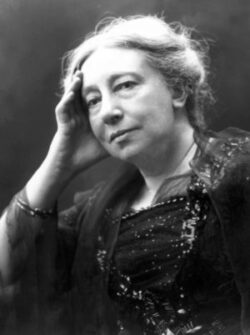
Hello dearest Reader and welcome back to the blog!
In today’s issue of Remarkable Women we are taking a closer look at one of Ireland’s most iconic female figures: Augusta, Lady Gregory
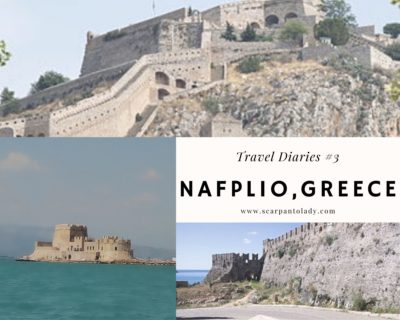
Hello my dearest Reader!
Today I’m sharing with you my experience travelling in Nafplio as well as tips for any aspiring visitors.

Hello dear Reader!
As it is the first day of spring I’ve decided to review one of my all time favourite movies, Woman Walks Ahead.
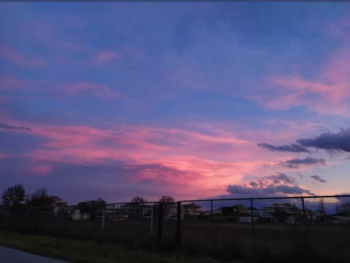
Hello dear Reader and welcome back to the blog!
Today I’m sharing my list of favourites for the month February (including songs, movies, books, e.t.c).

Hello dearest Reader and welcome to another issue of the Bibliophile series!
Today I’me reviewing the best-selling Little Paris Bookshop by author Nina George.
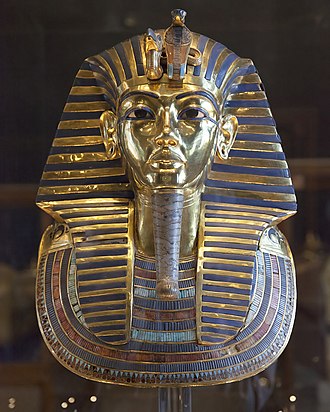
Hello dearest Reader and welcome back to another ”A Day in History”!
Today we will get a closer look at the final resting place of one of Egypt’s most known pharaohs: Tutankhamun

Hello dear Reader!
Today I’m reviewing the 2018 Japanese animated high fantasy film Maquia: When the Promised Flower Blooms
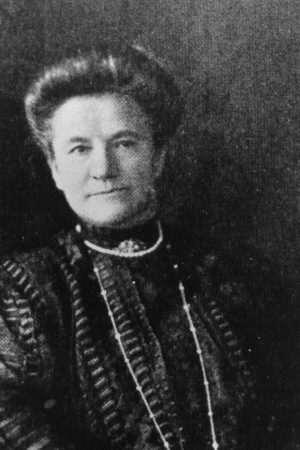
Hello dear Reader and welcome back to the blog!
In today’s issue of Remarkable Women we will be discussing the life of Ida Straus, whose love and devotion to her husband during the sinking of Titanic turned her into a legend.

Hello dear Reader and welcome back to the blog!
The first month of 2020 is oficially over and it is time to share my list of favourites for January (including songs, movies and poetry).
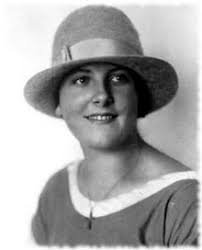
Hello dear Reader!
After a long hiatius due to college exams I am finally back with an issue of Remarkable Women all about Maria von Trapp, the real inspiration behind The Sound of Music.

Hello my dear Reader and welcome back to the blog!
For the first post of 2020 we are getting a closer look at the outer space and more specifically to the discovery of dwarf planet Eris.
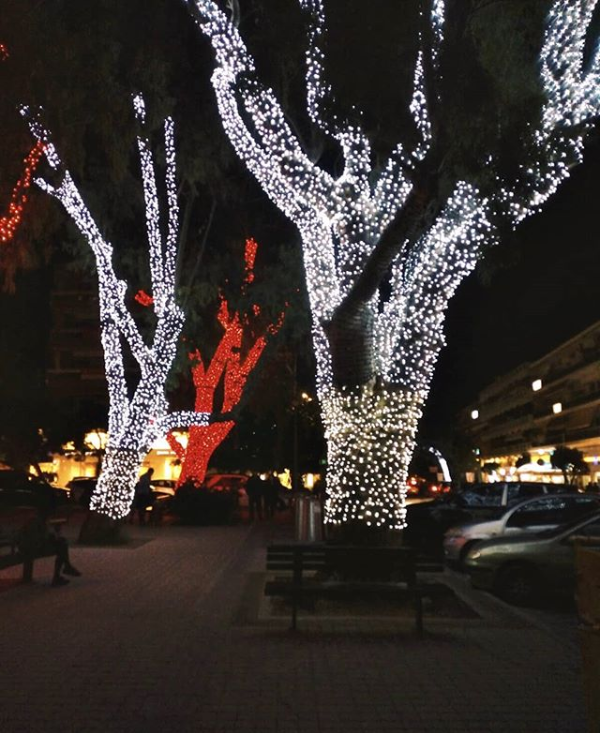
Hello dear Reader!
Today I’m sharing my list of favourites for the month December (including songs, books, shops e.t.c)

Hello dearest Reader and welcome back to the blog!
As the final days of 2019 approach us I’m sharing with you the life lessons I learned during the year

Hello my dear Reader!
Today I’m sharing with you my experience travelling in Milano as well as tips for any aspiring visitors.

Hello dearest Reader and welcome back to the blog!
In today’s post I’m sharing with you my list of favourite Christmas movies.
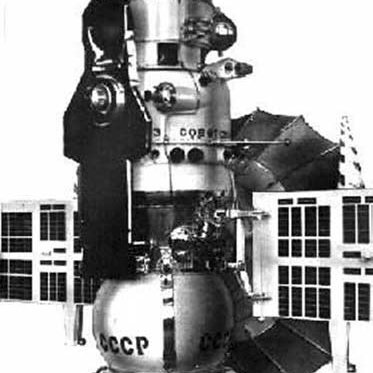
Hello dear Reader!
Today we are taking a closer look at the landing of Soviet spacecraft Venera 7 on Venus.
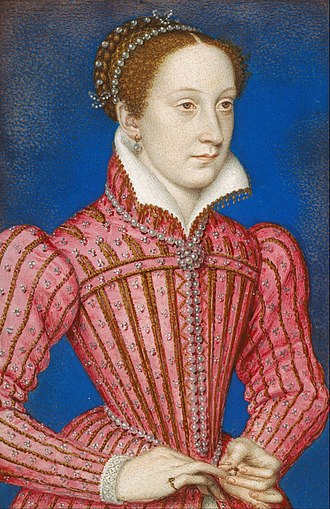
Hello my beautiful Reader and welcome to another chapter of Remarkable Women!
Today we are travelling in 16th century to the life of Mary Stuart, Queen of Scotland.

Hello my dear Reader!
Today we are taking a closer look at the incredible and versatile career of director Woody Allen.

Hello my dearest Reader and welcome to another issue of Monthly Favourites!
Today I’m sharing my list of favourites for the month November (including songs, movies, Youtubers and shops)

Hello my dear Reader and welcome to another issue of Remarkable Women!
Today we are taking a look at the life of Irish actress Geraldine Fitzgerald.
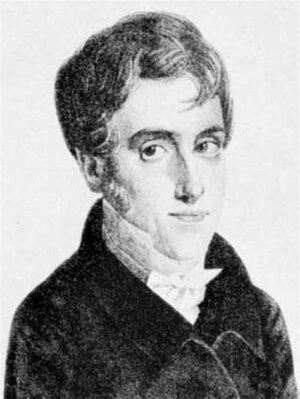
Hello again dear Reader!
Today we are exploring the life of Nicolas Appert, a French confectioner who became known as the “Father of Canning”.
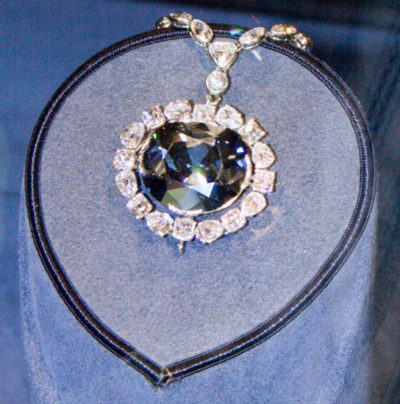
Hello dear Reader!
Today we are taking a closer look at the history of the infamous Hope Diamond.
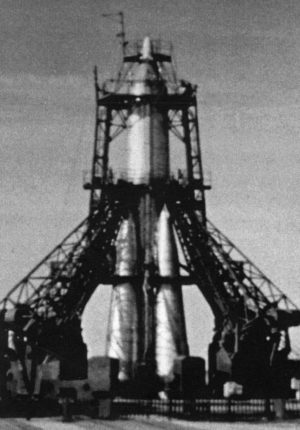
Hello my beautiful Reader and welcome back to A Day in History!
In today’s blogpost we are taking a closer look at the launch of Sputnik 2, which took place on November 3 1957.
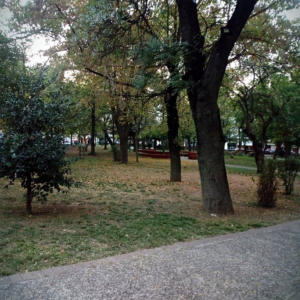
Hello dear Reader and welcome back to another issue of Monthly Favourites!
Today I’m presenting my list of favourites for the month October (including songs, movies, stationery e.t.c)

Hello my dear Reader!
Being only four days away from October’s greatest spooky holiday the time has come for me to present you my favourite Halloween-themed movies.
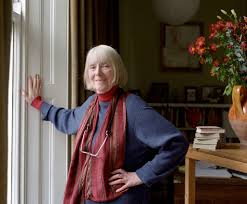
Hello dear Reader and welcome back to the blog!
Today’s issue of Remarkable Women is dedicated to Austrian novelist Eva Ibbotson.
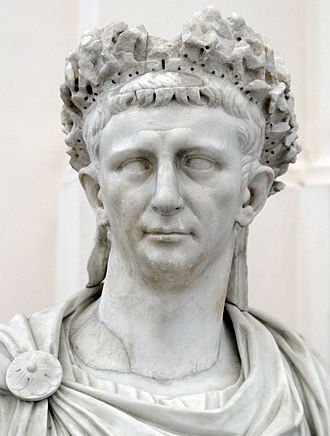
Hello dear Reader and welcome back to a Day in History!
Today we chronicle the life and reign of Roman emperor Claudius.

Hello dear Reader!
In today’s post we are discussing 7 ways that can help you make the fullest of the fall season.


Chain Reaction – Diana Ross
This is a 80’s R&B song written by the Bee Gees and sung by Diana Ross, with sexual hints. I loved the melody and the lyrics sounded so erotic to my ears…
Mad World – Imagine Dragons
Originally sung in 1982 by Tears of Fears this cover by Imagine Dragons emphasizes the lyrics with ballad-type of way that makes it far better than the original (in my not so hymble opinion).
Just A Dream – Carrie Underwood
A 2008 country song which although uplifting in the beginning takes a sadder turn at the end. A lovely piece of music nontheless…
Olympea by Paco Rabane
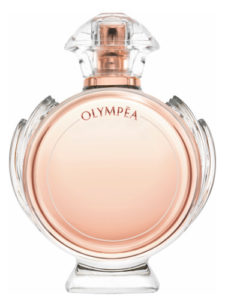
Olympea by Paco Rabane is an oriental flowery perfume that launched in 2015 with top notes of mandarin, water jasmine and ginger flower. It smells sweet without being too much which makes it a perfect choice…
Pour Femme Intense by Dolce & Gabbana
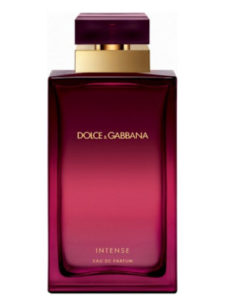
Pour Femme Intense was launhed in 2013 with top notes of green mandarin and neroli is flowery and oriental while simultaneously smelling like Christamas candy. No wonder how it became a favourite…
Tresor In Love by Lancome

Launched in 2010 Tresor in Love is a fruity and flowery perfume with top notes of bergamut, pink pepercorns, pear and nectarine. I was always intrigued by this perfume and I have finally decided to try it myself. I truthfully confess that I was not disappointed…
Choco Gelato
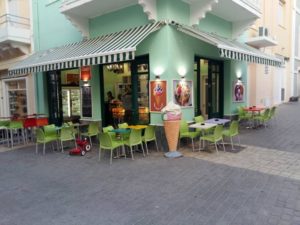
Choco Gelato was one of the little gems I found while vacationing in Scarpanto when in need for my sweet treat. It offers a wide variety of Italian ice creams as well as other handmade pastries.
Perdica

Perdica is a traditional tavern at Menetes, Scarpanto. I had an amazing dinner there with my parents and maternal cousins trying all the local specialties, inluding macarounes and garlic bread while sipping a glass wine and later three shots of raki.
Fairytale
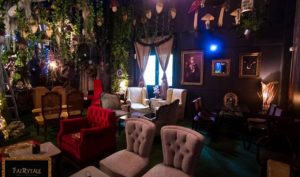
Fairytale is a cafe with velvet armchairs, delicious sweets and a fairytale themed decor that travels you to Wonderland and other magical places. It is without a doubt a worthy addition to my favourite cafes of all times

Hello dear Reader!
In the first part of my Cinephile series I am reviewing the live action Disney film Lion King.

Welcome back dear Reader!
The Remarkable Women series is going to cover the lives of women who wrote their own history.
Today’s issue is dedicated to civil and women’s rights activist Elizabeth Maria Molteno
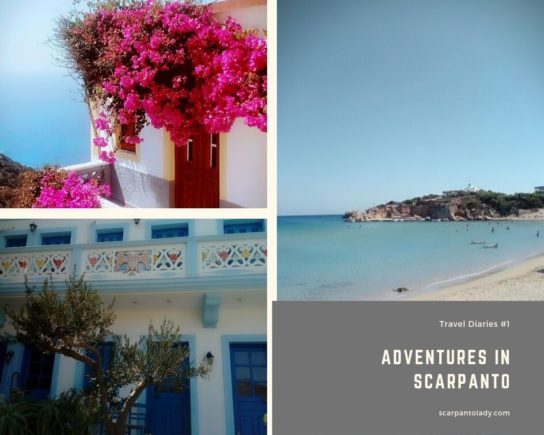
Hello dear Reader!
Travel Diaries is going to be my online diary of all the places I have visited.
Today I’m sharing my insights on my trip to Scarpanto as well as tips for aspiring travelers
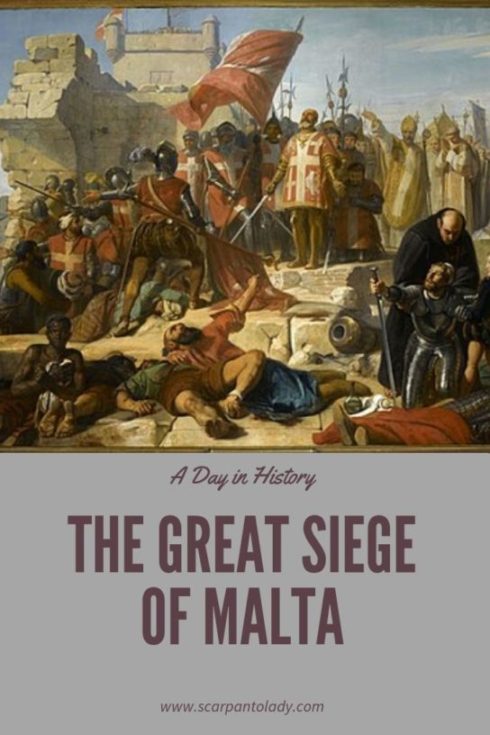
*This post contains affiliate links which means that should you decide to make a purchase I may earn a small comission at no additional cost to you*
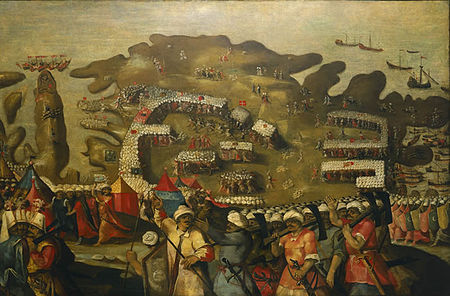
September 11 marks the 454th anniversary of the retreat of the Ottoman forces from Malta and the ending of the Great Siege. And what better way to celebrate one of the most famous events of the sixteenth-century Europe than to take a closer look at it?
Following the six-month Siege of Rhodes in 1523 the Ottoman Sultan, Suleiman the Magnificent, had successfully managed to eject the Knights from their base. For seven years (1523-1530) the Knights of the Order of Saint John lacked a permanent base.
The Order soon made their naval base in the island of Malta when, on 26 October 1530 , the Grand Master of the Knights Philippe de Villiers de L’Isle-Adam with his followers sailed to Malta’s Grand Harbour to lay claim to Malta and Gozo (granted to them by the Holy Roman Emperor Charles V in exchange for one falcon sent annually to the Viceroy of Sicily and a solemn Mass to be celebrated on All Saints Day).
Malta’s position in the centre of the Mediterranean made it a strategically crucial gateway between East and West, especially as the Barbary pirates increased their forays into the western Mediterranean throughout the 1540s and 1550s.
In 1551 Dragut and the Ottoman admiral Sinan Pasha decided to take Malta and invaded the island with a force of about 10,000 men. After only a few days, however, Dragut broke off the siege and moved to the neighboring island of Gozo, where he bombarded the Cittadella for several days. The Knights’ governor on Gozo, Gelatian de Sessa, having decided that resistance was futile, threw open the doors to the Cittadella.
The corsairs sacked the town and took virtually the entire population of Gozo (approximately 5,000 people) into captivity. Dragut and Sinan then sailed south to Tripoli, where they soon seized the Knight’s garrison there.
Expecting another Ottoman invasion within a year, Grand Master of the Knights Juan de Homedes ordered the strengthening of Fort Saint Angelo at the tip of Birgu (now Vittoriosa), as well as the construction of two new forts, Fort Saint Michael on the Senglea promontory and Fort Saint Elmo at the seaward end of Mount Sciberras (now Valletta)
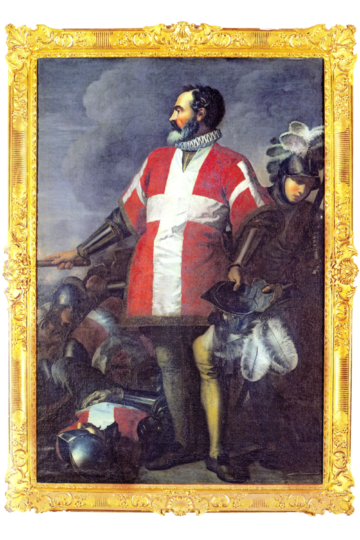
By 1559 Dragut was causing the Christian powers such distress, even raiding the coasts of Spain, that Philip II of Spain organized the largest naval expedition in fifty years to evict the corsair from Tripoli. The Knights joined the expedition, which consisted of about 54 galleys and 14,000 men.
The ill-fated campaign climaxed in the Battle of Djerba in May 1560 when Ottoman admiral Piali Pasha surprised the Christian fleet off the Tunisian island of Djerba, capturing or sinking about half the Christian ships. The battle was disastrous for the Christians and marked the high point of Ottoman domination in the Mediterranean.
After the Battle of Djerba a Turkish attack at Malta was highly anticipated due to Malta’s strategic importance to the Ottoman plan of conquering more parts of Europe including Malta’s stepping stone Sicily and then the Kingdom of Naples.
In August 1560, Jean de Valette sent an order to all the Order’s priories that their knights prepare to return to Malta as soon as a citazione (summons) was issued. The Turks made a strategic error in not attacking at once, while the Spanish fleet lay in ruins, as the five-year delay allowed Spain to rebuild their forces.
In mid-1564 on of the Order’s most notorious naval commanders, Mathurin Romegas, captured several large merchantmen and took numerous high-ranking prisoners, including the governors of Cairo and Alexandria. Romegas‘ exploits made Sultan Suleiman seek the Order’s complete destruction.
By 1565 Jean de Valette’s spy network in Constantinople had informed him that the invasion was imminent. De Valette set about raising troops in Italy, laying in stores and finishing work on Fort Saint Angelo, Fort Saint Michael, and Fort Saint Elmo.
Both of the following accounts are given by the Italian merceneray and official Order’s historian Francisco Balbi di Correggio
The Order’s Forces consisted of:
Total: 6.100
The Ottoman Forces consisted of:
Total: 28,500 from the East, 40,000 in all
Ottoman Arrival
Before the arrival of the Turks Grand Master de Valette ordered the harvesting of all the crops, including unripened grain, to deprive the enemy of any local food supplies. Furthermore, the Knights poisoned all wells with bitter herbs and dead animals.
The Turkish armada arrived at dawn on Friday, 18 May, but did not land at once. On May 19 the first attack broke out. The following day the Ottoman fleet sailed up the southern coast of the island, turned around and finally anchored at Marsaxlokk (Marsa Sirocco) Bay, nearly 6.2 miles from the Grand harbour region. According to many accounts, Balbi’s in particular, a dispute arose between the leader of the land forces, the 4th Vizier serdar Kızılahmedli Mustafa Pasha, and the supreme naval commander, Piali Pasha , about where to anchor the fleet. Piali wished to shelter it at Marsamxett Harbour in order to avoid the sirocco and be near the Grand Harbour but Mustafa disagreed, because to anchor the fleet there would require the reducing Fort St. Elmo, (which guarded the entrance to the harbour) first.
Mustafa intended, according to these accounts, to attack the poorly defended former capital Mdina (standing in the centre of the island) then attack Forts St. Angelo and Michael by land. If so, an attack on Fort St. Elmo would have been entirely unnecessary. Nevertheless, Mustafa relented, believing that only a few days would be necessary to destroy St. Elmo. After the Turks were able to emplace their guns, at the end of May they commenced a bombardment.
While the Ottomans were landing, the knights and Maltese made some last-minute improvements to the defences of Birgu and Senglea. The Ottomans set up their main camp in Marsa, which was close to the Knights’ fortifications followed by camps on Saint Margherita Hill and Sciberra’s Peninsula in the next days.
Capture of Fort Saint Elmo
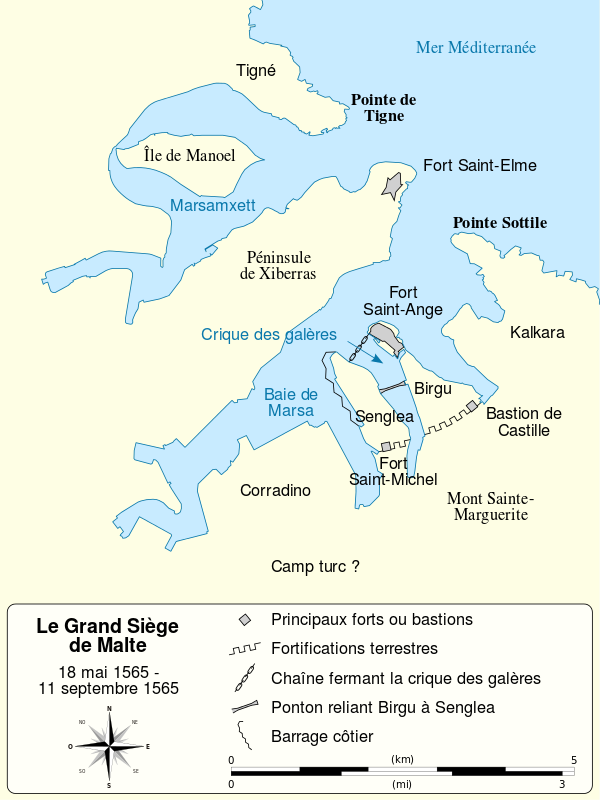
Having correctly calculated that the Turks would thus begin the campaign by attempting to capture Fort St Elmo, de Valette sent reinforcements and concentrated half of his heavy artillery within the fort. His intent was for them to hold out for a relief promised by Don Garcia, Viceroy of Sicily. The unremitting bombardment of the fort began on 27 May by three dozen guns on the higher ground of Mt. Sciberras. The fort was reduced to rubble within a week, but de Valette evacuated the wounded nightly and resupplied the fort from across the harbour. After Dragut’s arrival new batteries were set up to imperil the ferry lifeline. On 3 June, a party of Jannisaries managed to seize the fort’s ravelin and ditch. Still, by 8 June, the Knights sent a message to the Grand Master that the Fort could no longer be held but were rebuffed with messages that St Elmo must hold until the reinforcements arrived.
The Turks attacked the damaged walls on June 10 and 15, and made an all out assault on June 16, during which even the slave and hired galley oarsmen housed in St Elmo, as well as the native Maltese soldiers, reportedly fought and died “almost as bravely as the Knights themselves.” Two days later, Dragut was seen in a trench cannon emplacement arguing with the Turkish gunners about their level of fire. At Dragut’s insistence a cannon’s aim was lowered, but the aim was too low, and when fired its ball detached part of the trench which hit Dragut in the head, killing him.
Finally, on 23 June, the Turks seized what was left of Fort St. Elmo. They killed all the defenders, totaling over 1,500 men, but spared nine Knights whom the Corsairs had captured. A small number of Maltese, managed to escape by swimming across the harbour.
Mustafa had the bodies of the knights decapitated and their bodies floated across the bay on mock crucifixes. In response, de Valette beheaded all his Turkish prisoners, loaded their heads into his cannons and fired them into the Turkish camp
Although the Turks did succeed in capturing St. Elmo, allowing Piali to anchor his fleet in Marsamxett, the siege of Fort St. Elmo had cost the Turks at least 6,000 men, including half of their Janissaries.
The Senglea Peninsula
On 15 July, Mustafa ordered a double attack against the Senglea peninsula. He had transported 100 small vessels across Mt. Sciberras to the Grand Harbour, in order to launch a sea attack against the promontory using about 1,000 Janissaries, while the Corsairs attacked Fort St. Michael on the landward end. Luckily for the Maltese, a defector warned de Valette about the impending strategy and the Grand Master had time to construct a palisade along the Senglea promontory, which successfully helped to deflect the attack. Just all but one of the vessels sank, killing or drowning over 800 of the attackers. The land attack failed simultaneously when relief forces were able to cross to Ft. St. Michael across a floating bridge, with the result that Malta was saved for the day.
Mustafa ordered another massive double assault on 7 August, this time against Fort St. Michael and Birgu itself. On this occasion, the Turks breached the town walls and it seemed that the siege was over, but unexpectedly the invaders retreated. As it happened, the cavalry commander Captain Vincenzo Anastagi, on his daily sortie from Mdina, had attacked the unprotected Turkish field hospital, killing everyone. The Turks, thinking the Christian relief had arrived from Sicily, broke off their assault.
St Michael and Birgu
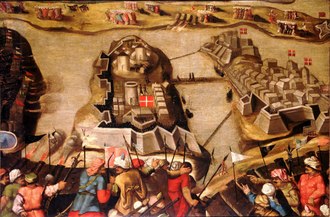
After the attack of 7 August, the Turks resumed their bombardment of St. Michael and Birgu, with at least one other major assault against the town between 19–21 August. The actual events that happened during those days are not entirely clear.
Balbi, in his diary entry for 20 August, says only that de Valette was told the Turks were within the walls and the Grand Master ran to “the threatened post where his presence worked wonders. Sword in hand, he remained at the most dangerous place until the Turks retired.”
Fort St. Michael and Mdina
At some point in August, the Council of Elders decided to abandon the town and retreat to Fort St. Angelo. De Valette, however, refused this proposal. Although the bombardment and minor assaults continued, the invaders were stricken by an increasing desperation. Towards the end of August, the Turks attempted to take Fort St. Michael two times: first with the help of a manta ( a small siege engine covered with shields) and then by use of a full-blown siege tower. In both cases, Maltese engineers tunneled out through the rubble and destroyed the constructions with point-blank salvos of chain shot.
At the beginning of September, the weather’s turning had Mustafa order a march on Mdina, intending to winter there. However the occurance of the attack failed. The poorly-defended and supplied city deliberately started firing its cannon at the approaching Turks at pointlessly long range. This bluff scared them away by fooling the already demoralised Turks into thinking the city had ammunition to spare.
By 8 September, the Turks had embarked their artillery and were preparing to leave the island, having lost perhaps a third of their men to fighting and disease.
Gran Soccorso
On 7 September, Don Garcia had at last landed with about 8,000 men at St. Paul’s Bay on the north end of the island. The relief force consisted of mainly Spanish and Italian soldiers, sent by the Spanish Empire as well as the Duchy of Florence, the Republic of Genoa, the Papal States and the Duchy of Savoy.
The so-called Grande Soccorso positioned themselves on the ridge of San Pawl tat-Tarġa, waiting for the retreating Turks. It is said that when some hot-headed knights of the relief force saw the Turkish retreat and the burning villages in its wake, they charged without waiting for orders from Ascanio della Corgna. Della Corgna had no choice but to order a general charge which resulted in the massacre of the retreating Turkish force. The Turks fled to their ships and from the islands on 11 September.
Malta had survived the Turkish assault, and throughout Europe people celebrated what would turn out to be the last epic battle involving Crusader Knights.
Jean de Valette, Grand Master of the Knights of Malta, had a key influence in the victory against Ottomans. He had a major impact, by bringing together the kings of Europe in an alliance against the previously seemingly invincible Ottomans.
Such was the gratitude of Europe for the knights’ heroic defense that money soon began pouring into the island, allowing de Valette to construct a fortified city, Valletta, on Mt. Sciberras. de Valette didn’t leave to see Valletta completed as he died in 1568. He was buried in the Crypt of the Conventual Church of the Order within Valletta’s walls.
If you are interested in learning more about the Siege of Malta you should check out Francisco Balbi di Corregio’s journal


Hello dear Reader and welcome back to my blog!
Just a few weeks away from beginning my third year of college and I find myself contemplating the recently finished summer. Or, to be more precise, the two months I’ve spent working as a food technologist in quality control at a flour milling industry.
I know that might sound confusing to you. After all how can a college student get a job in the study field she hasn’t even got her degree on?
Well to answer your question, I found this job position thanks to my father who works in the sales department at the same industry. I yearned for some work experience before my graduation to add in my CV and as a result I asked my father if I could apply for a job. He spoke to his boss on my behalf and after his boss made a review of my academic performance I was hired! You could say that I was a lucky girl …
So, after finishing my spring semester’s exams in late June I returned to my hometown Piraeus and started working officially on July 1st.
It was quite hard at the beginning I must admit. Despite my two years at college I still haven’t attend classes about grain quality control (which are in third year’s curriculum) and were required for such position. As a result I couldn’t get accustomed to some of the terminologies used and I struggled to prove my worth.
However, I found myself getting better and better as the days passed. I think it had mainly to do with my unexpected ease in the management of the different machines such as the amylograph, the farinograph and the alveograph. This, along with the many encouraging comments I received from my colleagues, gave me confidence in my own abilities.
And guess what? Your girl managed to master every little aspect of that job in just a two- months time. Sounds impossible but I guarantee it’s 100% true.
That brings us to another important factor I want to talk about: the working environment
When I first began working I expected a strick and apathetic workplace with serious people minding their own business and showing no interest in anything or anyone else. I can only blame the industry’s big company vibes for that …
To say I was wrong would be an understandment. I was pleasantly surprised to meet friendly and decent people who were kind enough to lend me a helping hand when I needed it without judging my lack of experience. I made a lot of acquaintances during my time there and had amazing conversations that I will cherish for many years to come.
All in all, my summer experience as a food technologist had a profound effect on me. Not only did I work in my study field and gained wonderful insights into one of my future courses but also earned a good amount of money and met wonderful people.
If you happen to be a college student who has the opportunity to work in his/hers study field before acquiring his/her degree I urge you to take that chance! By doing so you will receive useful knowldege along with work experience and a good salary. And bonus if you are an introvert like myself working can also help you improve your social skills and expand your acquaintance list.
Until next time!
xoxo
Theodora


Music
My First My Last My Everything – Barry White
A classic 80’s song by the Sultan of the Bedroom, the one and only Barry White. Appeared on my Youtube recommended videos and from the moment I (thankfully) decided to hear it I find myself humming it from time to time.
Woman In Love – Barbra Streisand
This is literally my most favorite romantic song of all times! It was the song accompanying a fan video about the film Sahara (also included in this post scroll down for more info) I accidentally found when researching the film. I have to say that I I listen to it every day for hours, without getting bored.
Can’t Take My Eyes of Off You – Gloria Gaynor
Apparently this month the music was mostly 80’s inspired. Now this song first came to my attention in the famous scene with Heath Ledger singing it in 10 Things I Hate About You. Even though I knew the song I had never listened to Gloria Gaynor’s cover before and I’m so glad I did for it became my favorite version.
Señorita – Shawn Mendes & Camila Cabello
Seriously this song plays in every radio station out there all the time and yet no one gets annoyed or even bored by it. Certainly not me cause since the day I heard it I found myself thinking of dancing in the beach under the moonlight while sipping some Tequila Sunrise with my dance partner.
Tamally Maak – Amr Diab
I recently heard this song and became obsessed with it due to it’s exotic elements and how much it reminded me of Egypt (aka one of the best countries and ancient civilizations ever to exist). It is a love song of course but such a unique one that makes you dream of desert locations and handsome princes (or princesses).
TV Series
Lucifer (2015-)
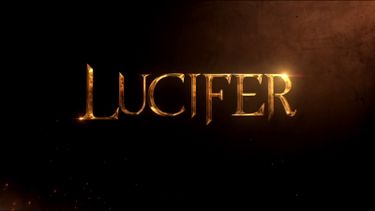
After a ridiculously long break in watching television series, Lucifer came to bring me out of it. The show focuses on the Devil himself after he leaves Hell and moves to Los Angeles where he opens a bar and becomes a partner of the L.A.P.D homicide detective Chloe Decker with whom he is smitten. Needless to say how many times Lucifer’s wit and charisma made me question my morality and belief of God…
Movies
Sahara (1983)

This is a 1983 adventure movie staring Brooke Shields and Lambert Wilson that I simply couldn’t resist. After her father dies in a racing vehicle practice young Dale participates in the Sahara race to save his dream only to get caught up with a Bedouin tribal war. Although the setting takes place in 1927 a certain 80s vibe is present throughout the film and made it hard not to love it.
Lion King (2019)

I am must admit with great shame that I never watched the original animated classic. I knew it was a popular one but for some reason I kept it out of my movie list. But then the live action happened and I found myself in the cinema with one of my closest friends singing Hacuna Matata, laughing at all the funny parts and even crying during Mufasa’s death (the first time I cried in the cinema). To say it was an amazing experience would be an understandment.
Youtubers
Mrs Midwest
This is definetely one of the Youtube channels I never expected to enjoy! Not because the content is mediocre (on the contrary it is superb and well structured) but because I felt it was so out of my character. That was of course before I came upon this beautiful lady and listened to her talk about femininity and tradiotional homemaking lifestyle. Cause once I did I finally embraced my feminine side and I now strive to become a better version of a lady.
Jonna Jinton
Now this lady brings out some truly magical vibes! Living in a small village in the north of Sweden after having abandoned the city life she shares her art and photography along with the simple joys of living close to nature. Such a unique lifestyle is she portraying that makes you redefine your whole world view.
Jessica Vill
Another wonderful lady with a distinctive lifestyle focusing on vintage revival from clothes and furniture to beauty and entertainment. Her passion speaks to my own vintage aesthetic and makes me glad to have discovered her channel.
What was in your own list of favourites for the month August? Let me know in the comments below…
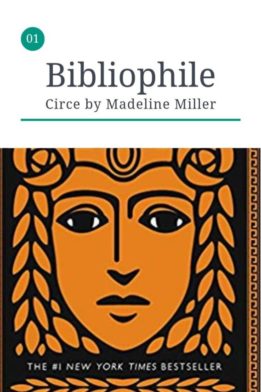
Hello dear Reader!
In this very first part of my Bibliophile series I’m reviewing the best- seller Circe by the amazing Madeline Miller